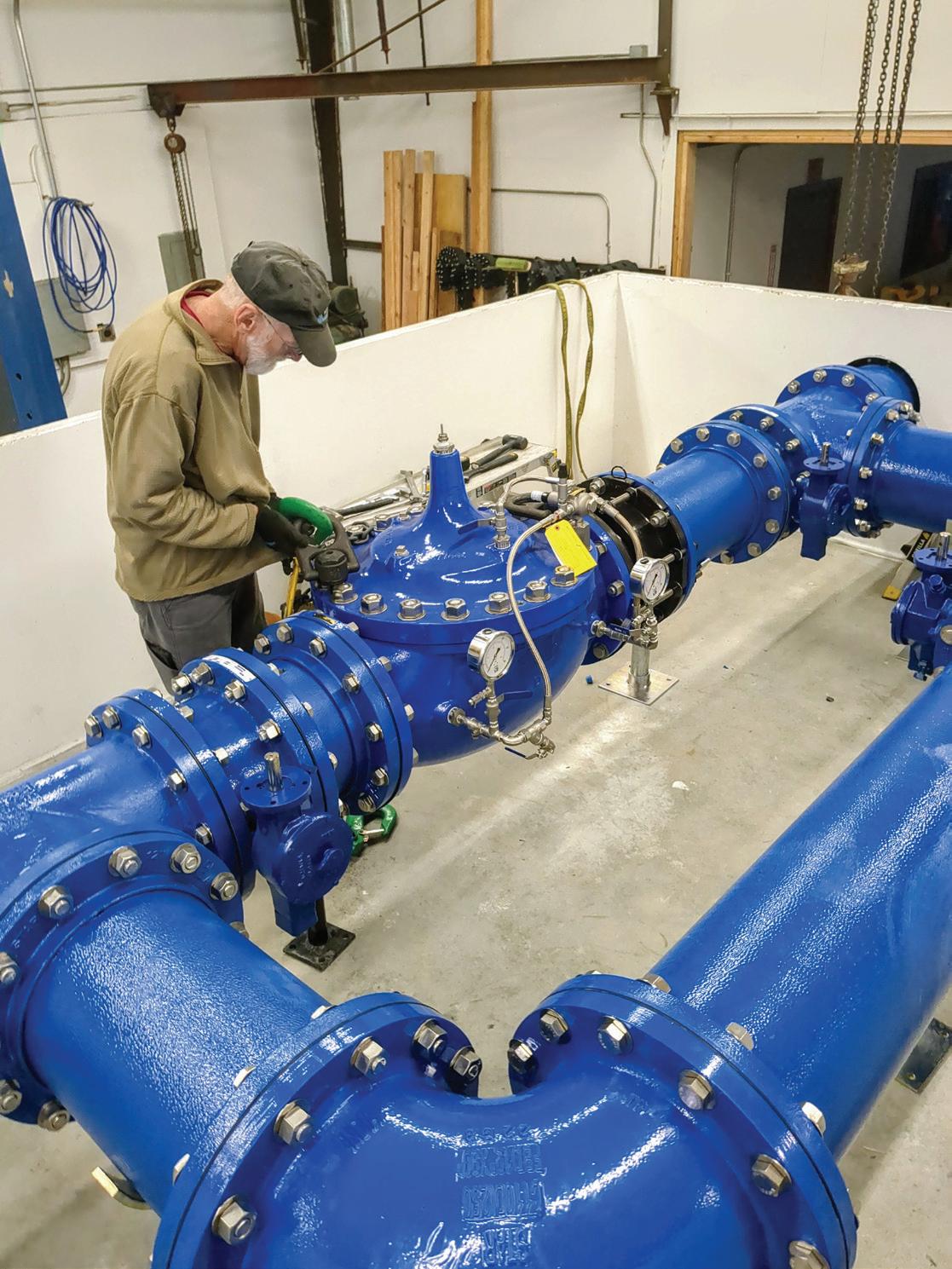



Conquer your engineering and construction challenges with our design-build solutions

EXPLORE OUR SOLUTIONS


















Conquer your engineering and construction challenges with our design-build solutions

EXPLORE OUR SOLUTIONS













Thinking about water reuse? Garver’s experts have unparalleled expertise in indirect and direct potable reuse (IPR and DPR). We’re implementing tried and true technologies and evaluating new ones as we work towards delivering more DPR projects than any other firm in the country. We’re ready to be your most trusted advisor.

Rocky Mountain Water Magazine Group
The following volunteers support RMSAWWA and RMWEA with content collection, management, editing, and reviewing the magazine.
BLAIR CORNING bcorning@englewoodco.gov
ANDREW DUGAN andrew.dugan@waterwrites.co
KARI LARESE klarese@hrwater.org
RMSAWWA Communications Committee
KARI LARESE, Chair klarese@hrwater.org
ERIN RIDOLFO, eNewsletter Editor eridolfo@rmsawwa.org
RMWEA Communications Committee
ELIZABETH DEWAARD, Co-Chair edewaard@englewoodco.gov
JORI NELSON, Co-Chair jori.nelson@hdrinc.com
NATALIE COOK, eNewsletter Reviewer ncook@auroragov.org
ANDREW DUGAN, eNewsletter Reviewer andrew.dugan@waterwrites.co
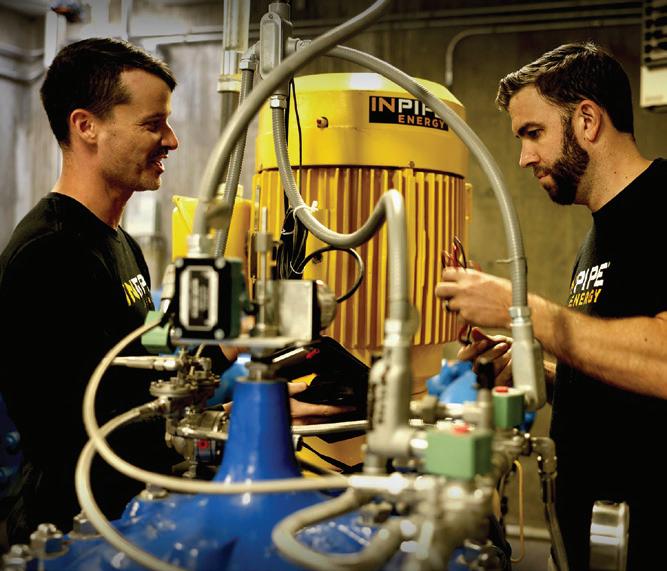
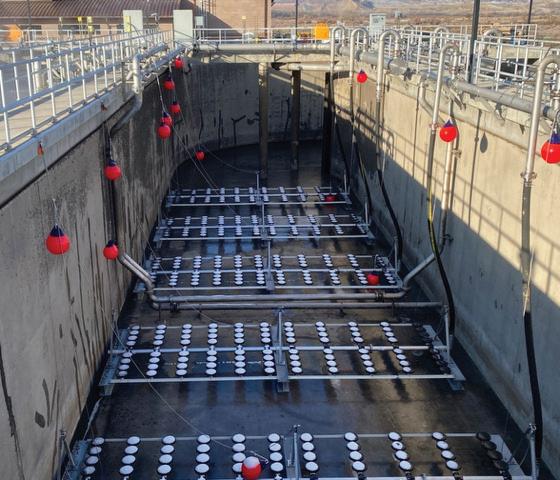
Aurora Water Generates Renewable Energy From Drinking Water System Size Is No Issue 17 22
ROCKY MOUNTAIN VIEW
From the RMSAWWA Chair 7 From the RMWEA President 9
COMMITTEE SPOTLIGHT
Creating and Leading the Sustainable Organization 11
MANAGEMENT PIPELINE
A Relentless Pursuit of What Matters 14
HOT TOPICS
Embracing Data-as-a-Service: An Innovative Delivery Method for Water Utilities 26 Microplastics: A Concern for Colorado’s Waterways? 29
SCIENCE, RESEARCH, AND TECHNOLOGY
Golden’s Experiment with a “Compressed” Work Week 38
COMMITTEE CORNER
Honoring Transgender Contributions in the Water Industry: Why Their Impact Matters 40
MOVERS AND SHAKERS
One Water: The Importance of Addressing the Water Challenges of Tomorrow with a Holistic and Integrated Approach 43
OPERATIONS
Tel: 866-985-9780 Fax: 866-985-9799 info@kelman.ca www.kelman.ca
Managing Editor: Mathias Leiendecker
Marketing Manager: Chad Morrison
Design/Layout: Tabitha Robin
Advertising Coordinator: Sabrina Simmonds
Optimizing Utility Operations with AWWA Programs and EUM 32
MEMBER IN FOCUS
Echoes of Water Struggles: Navajo Nation and Nepal 35
Cultivating a Culture of Continuous Improvement at Metro 48 Navigating the Workforce
Tidal Shift in Water Utilities 50
ADVERTISER PRODUCT & SERVICE CENTER 53
12,
Discover the innovative ideas and topics HDR professionals will be presenting at the American Water Works Association’s ACE25 conference in Denver.
Scan the QR Code to learn more about our speakers and their impactful presentations.
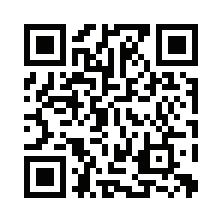



FROM THE RMSAWWA CHAIR
Stephanie Elliott, RMSAWWA Chair, Senior Project Manager, Stantec
Summertime is approaching, bringing longer days, school breaks, and endless opportunities for outdoor adventures. Summer is one of the best seasons for connection, as the warmth of the season draws people together through shared experiences. Whether gathering around a campfire, enjoying a day at the pool or beach, or embarking on a hike, these moments create lasting memories and strengthen bonds. For the RMSAWWA, building connections – whether at training events, networking gatherings, or conferences – is like friends coming together around a summertime campfire.
CONNECTION THROUGH MEMBERSHIP AND ENGAGEMENT IS KEY TO FOSTERING A SENSE OF COMMUNITY AND SHARED PURPOSE
When we join AWWA and RMSAWWA, we not only gain access to valuable resources and opportunities but also become part of a network of like-minded professionals
and advocates. Active engagement, whether through attending events, participating in discussions, or volunteering, strengthens these bonds and allows members to collaborate, share knowledge, and support one another. These connections create a dynamic, inclusive environment where everyone can thrive and come together to fulfill our Mission and Vision. The relationships made through membership and engagement are invaluable, both personally and professionally, helping to shape a stronger, more connected community that drives meaningful change.
Drinking Water Week, which takes place from May 5–11, 2025, is a time to celebrate the essential role that clean, safe drinking water plays in our daily lives. This week encourages communities to come together and raise awareness about water conservation, protection, and infrastructure. It’s the perfect
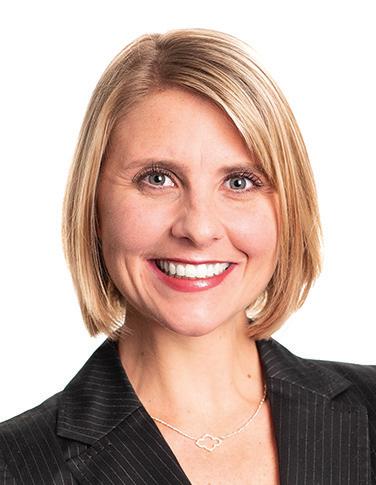
opportunity for individuals, organizations, and water professionals to reflect on the value of this precious resource and educate the public about the need for sustainable practices to ensure clean water for future generations. Drinking Water Week also serves as a reminder of our shared responsibility to protect and preserve our water sources. I want to take a moment to recognize the efforts of water professionals – especially all RMSAWWA members – who work tirelessly to deliver safe drinking water to our taps every day.
AT THE AWWA ANNUAL CONFERENCE AND EXPOSITION
For those of us in the water community, summer also brings one of the best opportunities to connect with fellow water professionals: the American Water Works Association’s Annual Conference and Exposition (ACE). This year, the Rocky Mountain Section is honored to be the host section, with ACE taking place in
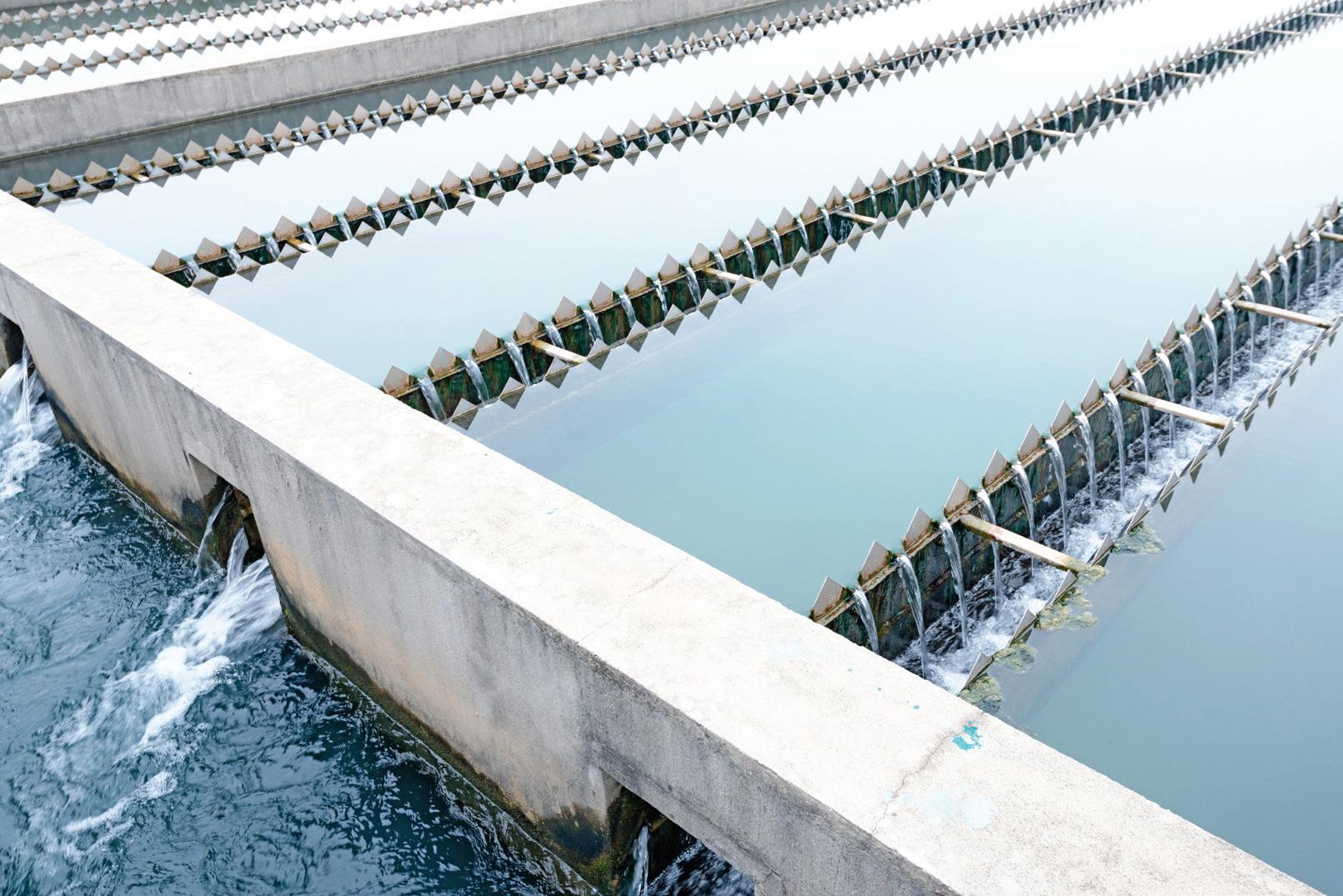
Denver from June 8–11. ACE offers an exciting experience for water professionals (especially those near Denver) where you can attend technical sessions, network with peers, and learn about the latest industry trends, technologies, and best practices.
One of the highlights of ACE is the Opening General Session. I invite you to join us and connect with your fellow section members to kick off the conference. And don’t forget to check out the competitions calendar – be sure to mark your calendars and cheer on RMS teams as they compete in the Tapping, Meter Challenge, and Hydrant Hysteria competitions.
Calling all RMS students and young professionals: technical sessions, lunch with the boss, and committee meetings will focus on engaging and developing students and young professionals. At the Fuller Breakfast, Cindy Goodburn will be recognized as the Section’s Fuller Award winner. Finally, at the conclusion of ACE, our very own AWWA
Director, Andrea Song, will begin her term as Vice President, a major achievement for both Andrea and our Section.
With ACE taking place in Denver this year, our Local Host Committee, led by cochairs Elizabeth Carter and Melissa Bryant, has been working diligently to organize tours, competitions, technical sessions on local topics, and, most importantly, to recruit volunteers who will assist with room monitoring, the welcome desk, and the competition. There may still be volunteer spots available. Check out the RMSAWWA website, Section Splash, or contact the committee chairs for more information. This is a fantastic opportunity to get involved, connect, and be part of an event that brings our community together in meaningful ways.
If you are unable to attend ACE, RMSAWWA will offer plenty of other opportunities to
connect, whether at Young Professional tours and happy hours, training events like Action Now or the Supervisory Leadership Academy, upcoming conferences like the Rocky Mountain Water and Western Colorado Water and Wastewater Conference, or networking events like the summer membership event.
RMSAWWA is committed to providing members with opportunities to create meaningful connections that build a stronger, more supportive water community. When we actively engage, we share our knowledge, learn from others, and contribute to the growth and success of the Section. The connections made within the water profession and community go beyond networking and fostering relationships that inspire collaboration, support, and growth. If you would like to learn more about getting involved with RMSAWWA, please visit our website at www.rmsawwa.org or by emailing me at chair@rmsawwa.org.
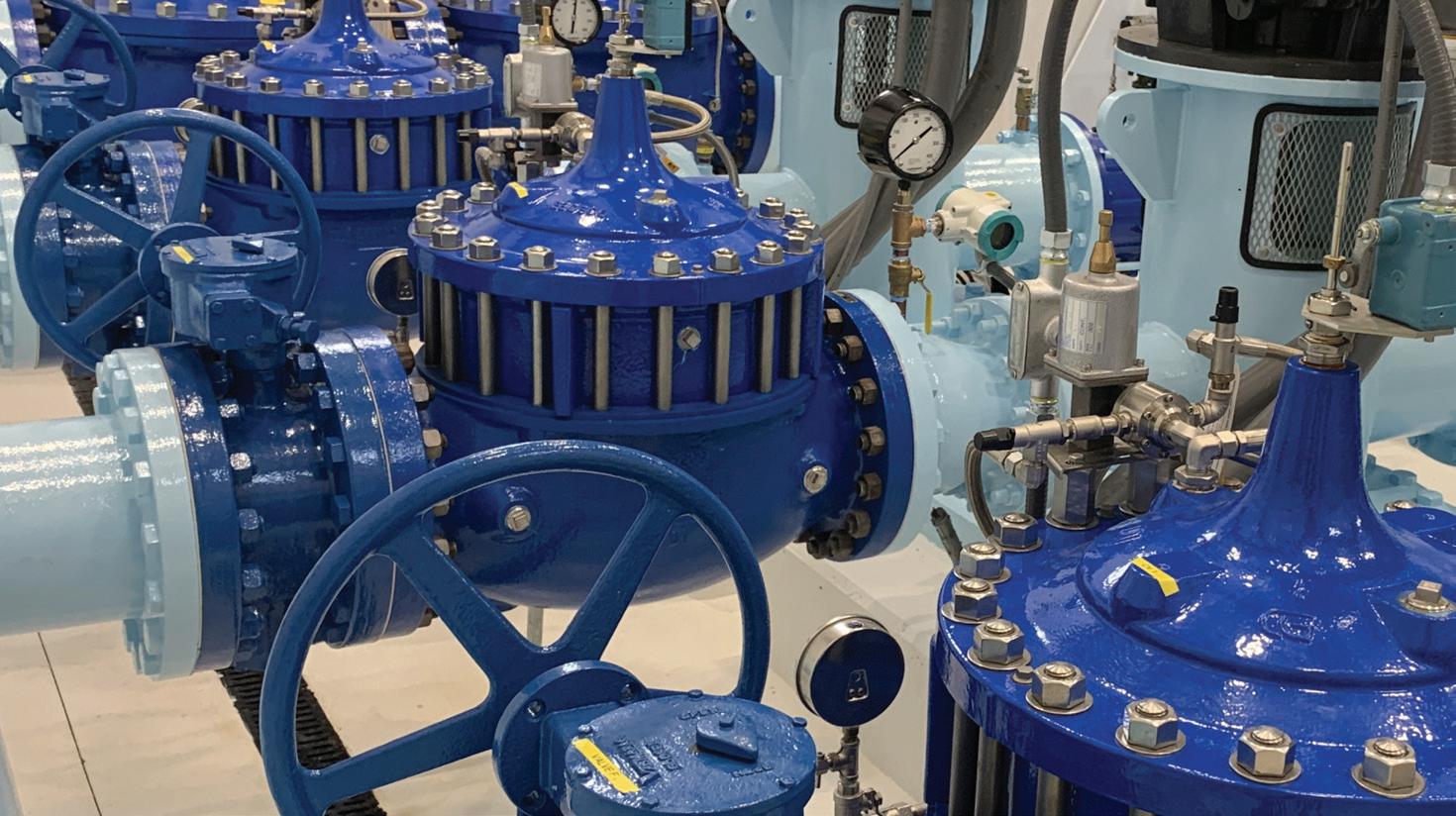


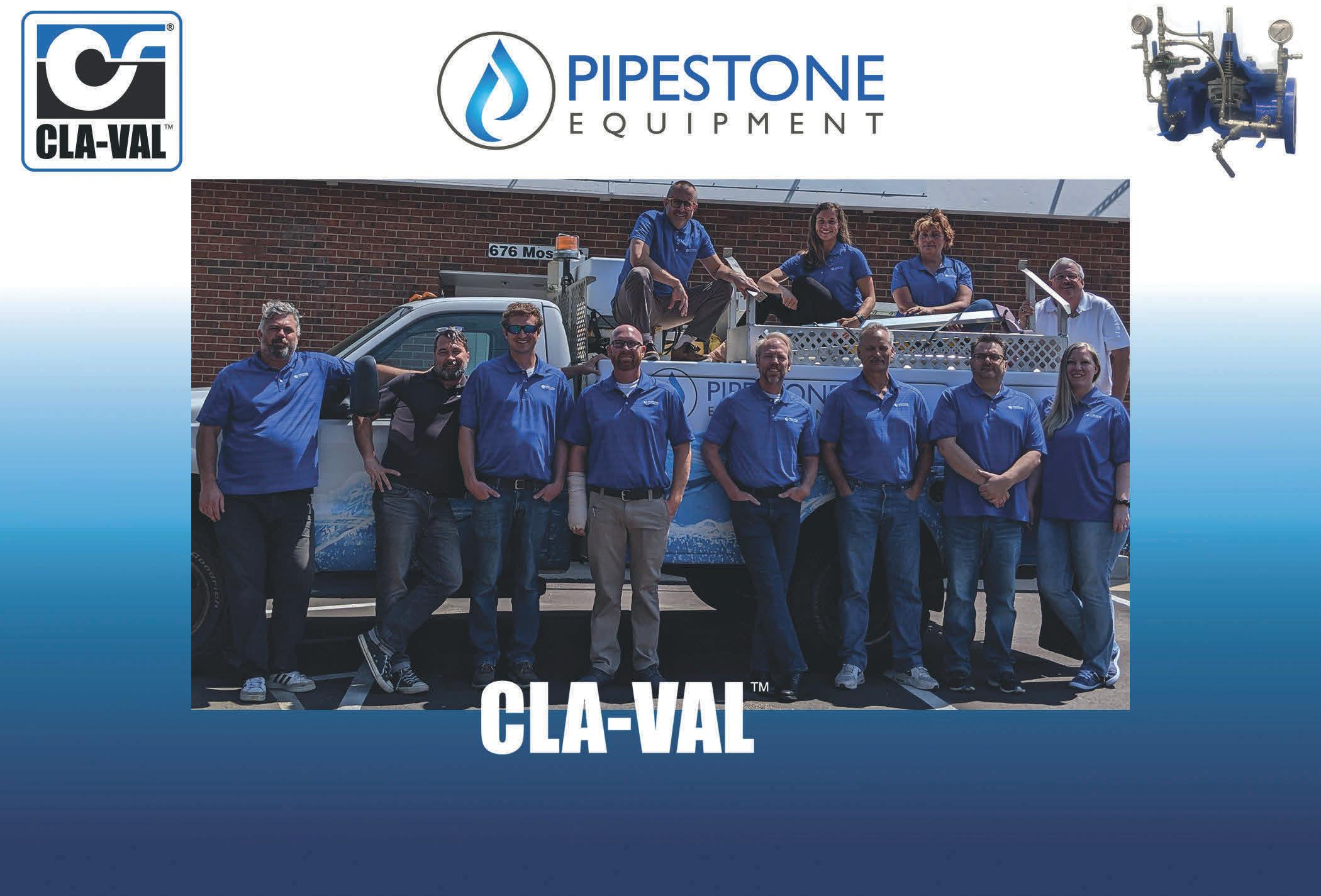

Clay Rahn, RMWEA President, Senior Water/Wastewater Project Manager, HDR, Inc.
Have you ever been in a work meeting or overheard a discussion amongst friends or colleagues and soon realized in your mind, “Wait a minute, this topic is way outside my comfort zone, I pretty much have nothing valuable to contribute?” I must admit, these thoughts have crossed my mind several times during the past months as we are in the throes of refreshing RMWEA’s Vision, Mission, Values, and Strategic Plan (VMV/SP). I’m an engineer by training, which makes communication-style initiatives a stretch for me. Thus, I cannot tell you how grateful I am for the expertise and generous service that so many of our leaders are providing to make this initiative possible! We have made good progress so far, and I am excited to share a few updates.
We held our annual Winter Planning meeting on March 6 at the Delta Hotel in Northglenn, Colorado, formally kicking off the process. Our moderator, Simon Watson (Black & Veatch’s National Asset Maintenance Solution Lead), led us through the day’s goals, background, the “why”, what it means to be a Member Association, and two group exercises focused on RMWEA’s membership needs and an evaluation of our current VMV. Manon Fisher (Brown and Caldwell, RMWEA Trustee) also led discussions on strategy, strategic planning, and kicking off the nitty-gritty concerning our new VMV. Stephanie Segler (Black & Veatch, WEF Delegate for RMWEA) and Carol Martinson (Providence Engineering, WEF Delegate for RMWEA) provided valuable updates and had discussions focused on the national
level with WEF. And Muzit Kiflai was instrumental in leading groups through the new VMV development phase.
Winter Planning was divided into two sessions. The morning session included the Executive Board, a smaller group to help focus the discussion, while the afternoon session added committee leaders, past presidents, and others to not only hear the progress that was made in the morning but also to provide us with more holistic feedback. A goal of the VMV/SP initiative is transparency so that our leaders are at least informed of what is happening but also can participate if they so choose. We concluded the meeting with a solid draft of the new VMV along with a path forward, which includes four more VMV/SP-focused meetings along
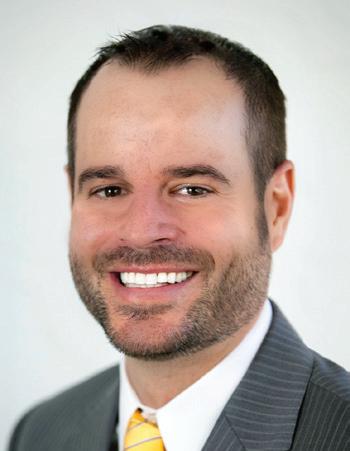
with five report-outs during our monthly board meetings.
Afterward, we headed to Prost Brewing at 5:00 pm both a little wiser and a little dazed after spending hours discussing and scrutinizing every word and phrase (e.g. “Is stewarding different than protecting?”, “What’s the difference between collaboration vs. connecting?”, “But I like ‘Elevating Water Professionals’”…to name a few).
Finally, please stay tuned as we work through the meetings and offer updates during our board meetings. Feel free to ask questions or offer comments when you hear our progress reports. Feedback certainly goes a long way and is very appreciated! Thank you once again for allowing me to serve all of you during my time as President.
Large water infrastructure projects are complex, involving multiple teams and disciplines. In addition to the pressures of meeting schedule and budget, these projects and programs are expected to achieve lasting value for the environment and society. Our local team of experts partner with you at every stage to help you plan better and deliver efficiently. We provide the right team to help you achieve your desired outcomes at every milestone through our integrated and seamless approach that will satisfy your objectives, maintain the highest standards of quality, and proactively mitigate risk
We are committed to your success in delivering a resilient tomorrow.


Richard Gerstberger, TAP Resource Consulting, Sustainable Workforce Committee
The utility industry is facing a major generational change with the Baby Boomer generation retiring. Studies indicate that as much as 25% of the industry’s current workforce will retire in the next few years and many utilities will lose 30-50% of their current workforce shortly thereafter. To compound matters, the next generation is made up of a significantly smaller workforce.
In addition, the quality of an organization’s leadership has a significant impact on that organization’s health and sustainability. Studies on employee retention have determined that the true cost of employee turnover for mid and upper-level management positions can range from $50,000 to well over $100,000. Because of the costs involved and the tendency of utility organizations to hire and/or promote based on technical rather than leadership and management competencies, it’s important that the selection process identifies candidates that will best fulfill the competencies aligned with the needs, purpose, and strategy of the organization.
Are utilities clear about the gaps that exist or will exist in their organizations, particularly regarding their human capital? Organizations that successfully deal with the impact of workforce issues, including employee and leadership development, succession planning, and
knowledge retention, will be much better equipped to deal with the challenges ahead, such as management and employee changes, higher customer expectations, aging infrastructure, and increasingly stringent regulations.
Because it is important that the organization is equipped to deal with these challenges, an understanding of strategic workforce planning is important too. This includes key concepts and proven strategies for addressing workforce development, succession planning, and knowledge retention issues within their organizations. These key issues should be included within a utility’s overall strategic planning process.
Comprehensive workforce development involves aligning leadership, management, and operations with the organization’s strategic purpose. Leadership and management positions need to be filled based on talent, fit with the needs or competencies required of the position, and how the organization provides for the needs of its customers. For that reason, a seven-step process for effective workforce development is needed.
1. Understanding the organization.
2. Analyzing risk with a focus on missioncritical positions.
3. Developing competency models for the affected positions.
4. Creating an integrated and individualized
leadership supervisory development program.
5. Identifying and training operational competencies.
6. Identifying and removing barriers to succession planning.
7. Implementing a management process to ensure the success of the development planning process.
The development process needs to begin with leadership and management and move down to the lowest levels of the organization and with every new employee. Due to the very nature of leadership, effective development is an individualized training process that consists of a Leader Assessment that provides comprehensive information to individual managers about their leadership attributes. This should be a non-judgmental assessment process involving individual managers, peers, direct reports, and supervisors. By combining this information with the culture and strategy data already obtained from the Organizational Assessment, a foundation is developed for the creation of individualized leadership development plans. The assessment should be followed by the creation of an Individual Leadership Development Plan. Each leader participating in the leadership development planning process designs a preliminary plan for his or her individual development. The plan should include specific goals along with metrics tied to goal accomplishment. Plan development
The development process needs to begin with leadership and management and move down to the lowest levels of the organization and with every new employee. Due to the very nature of leadership, effective development is an individualized training process that consists of a Leader Assessment that provides comprehensive information to individual managers about their leadership attributes.
should be accomplished by the leader and his/her supervisor. Plans should also be integrated within the development needs of the workgroups.
In addition, basic supervisory training should be required of all employees, team and crew leaders, and supervisors at all levels. A primary goal of supervisory training is to assist employees in understanding the difference between being an employee and being a supervisor.
A truly sustainable organization should integrate the use of competency modeling at all levels of the organization. This includes operations and other nonmanagement positions. The goal of Operational Competencies is to develop a competency-based program for key operational tasks. It will identify the competencies needed, training required,
and measurement methodologies needed to accomplish the organization’s strategic plan.
A successful workforce development program must be a living document; not one that is created and then sits on a shelf in someone’s office. Activities within the plan should have specific, measurable timeframes and be monitored on a periodic (often monthly) basis. The plan should be reviewed annually and updated as necessary. An effective way to accomplish this is to include workforce development within an overall Organizational Performance Management System of measurable goal setting and planned follow-up.
The balance between change and sustainability is an ongoing challenge. The June 2018 Brookings report sums it up well:
“Whether investing in continued training, defining new competency models, or empowering workers in other ways, many
employers are striving to develop and hold onto skilled water workers. Doing so, though, often hinges on progressive leadership in these organizations, an ability to balance long-term budgets with staffing needs, and an appetite for experimentation –which can be rare in a sector known more for its cautious, conservative approach to managing change.”
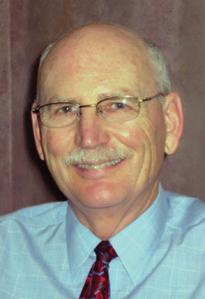
Richard Gerstberger is Principal Consultant with TAP Resource Consulting. He provides organizational development, training, coaching and management consulting for municipal and utility organizations. Richard has over 35 years of industry experience. He can be reached at (303) 619-2004 or rgerstberger@tapresource.com









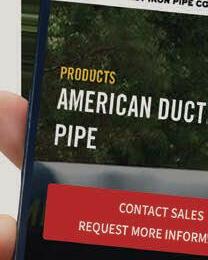






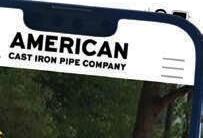




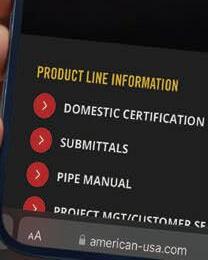
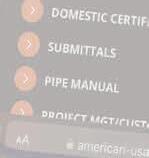


EVERY DAY, WE MAKE AMERICAN BETTER AMERICAN never stops innovating. We’re always breaking new ground in our technology, processes, and quality. This commitment to the future means ever-higher reliability, confidence, and sustainability – aligning with your needs. Throughout our history, the Right Way has meant giving you confidence in our products and our expertise. And, above all, your future.






























Josh Roach, Deputy Director of Operations and Maintenance, Englewood Utilities
Afew years ago, I realized that I needed to change the way I thought. If I were to be a leader in my organization, I could no longer let every minor concern, potential issue, or perceived problem distract me from my commitments and obligations. If I were going to help the utility that I worked for improve the services we provide to our community, I needed to have a relentless focus on what truly mattered. I determined that the first step I needed to take to accomplish this was to consider how much of my time was wasted on trivial thoughts and unnecessary matters that divided my focus.
If you serve in any leadership capacity at a water utility, you understand the level of focus it demands. You likely bear substantial responsibilities such as managing large teams and multimillion-dollar budgets, overseeing capital improvement projects, or planning emergency repairs on critical pipelines and infrastructure. Many of the
Or do we often succumb to focusing on lesser things and trivial matters that distract us from the truly important work? How often do we let our minds wander and lose focus on our weighty responsibilities? And if we do, why do we allow this to happen?
The truth is, it ’s because we choose to let this happen. We allow distractions to take hold. We allow our minds to lose focus. We are responsible.
After wrestling with these questions, I realized how much of my time and focus was consumed by unhelpful thoughts – worrying about hypothetical “what-if” scenarios such as which water main may fail next, or if a customer complaint might spread on social media. I believed these concerns were caused by external forces beyond my control, but in reality, my worries stemmed from how I chose to think about them and from a lack of mental discipline. The problem was not at all external; it was internal: a lack of self-control,
or thoughts should be viewed critically, treated as such, and let go.
The word “relentless” may sound intense, but with good intent, it can be a tremendous virtue. When applied to thought prioritization and eliminating mental distractions, it means maintaining an unwavering focus and having an unwillingness to entertain anything that could compromise your mission.
So how can we practice having a relentless focus on what truly matters and ensure we are not applying that same intensity to things (or people) that do not? Here are a few specific areas where I believe we could afford to be a bit more relentless in resisting attitudes and thoughts that distract our minds and consume our energy:
Overcoming Pessimism – It is easy to develop a negative outlook when dealing with aging infrastructure, employee turnover, inefficient processes, or challenging people.

When leaders display pessimism, they risk influencing their teams to adopt the same
morale. Instead, strive to model resilience
To provide safe and reliable water services and to support my team effectively, I needed a relentless focus on what truly mattered – a determination that anything that caused me to misappropriate my time or thoughts should be viewed critically, treated as such, and let go.
and adaptability, demonstrating an actionoriented and optimistic approach.
Resisting Negative Thoughts –
Especially those rooted in worry or fear of what could happen or what others may think of us. Too much time and energy are wasted on these distractions that can drain us, leading to overthinking and prioritizing concerns that may never materialize. Even if they do, are we not the ones capable of addressing and resolving these issues? Leaders must focus on solutions, not imagined troubles.
Quit Complaining – Complaining doesn’t improve anything – action does. A leader who constantly complains can sap the energy of an entire team. Instead of complaining, offer solutions. If the problem seems too big, reframe your perception of it. Focus on what you can control and let
go of the rest. Few things are as mentally exhausting as complaining or being surrounded by complainers.
A relentless pursuit of what matters starts with taking an honest look at oneself. It requires critically reviewing natural tendencies in thinking and assessing whether they distract from focus and resolve. Because our work directly impacts public health and quality of life, the stakes are too high to allow distractions – whether external or internal – to take us off course. The goal is not self-blame but rather a call to take an exhaustive look at how we prioritize our thoughts and consider if we give the best of our focus to what deserves it and adjust our thinking accordingly if not.
AECOM’s objective is to provide water clients with access to globally sustainable technologies, delivered locally. AECOM continues to remain committed to the world’s need for safe, reliable water while protecting this critical natural resource for the future.
With offices across the Rocky Mountain Region, our professionals work in and across the major markets to deliver comprehensive solutions that safeguard human health and the environment. aecom.com
When we are relentless in our focus, and even ruthless in stamping out worry, pessimism, and complaining, we not only improve our effectiveness but also set a powerful example for our teams. This ensures that we provide essential and reliable service to our communities, making a lasting impact where it matters most.
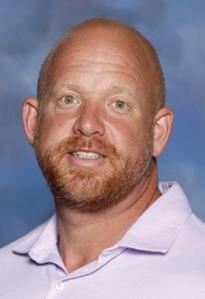
Josh Roach is the Deputy Director of Operations and Maintenance for Englewood Utilities, overseeing Plant Operations, Distribution and Collections, Environmental Compliance, and Electrical and Instrumentation. He can be contacted at jroach@englewoodco.gov

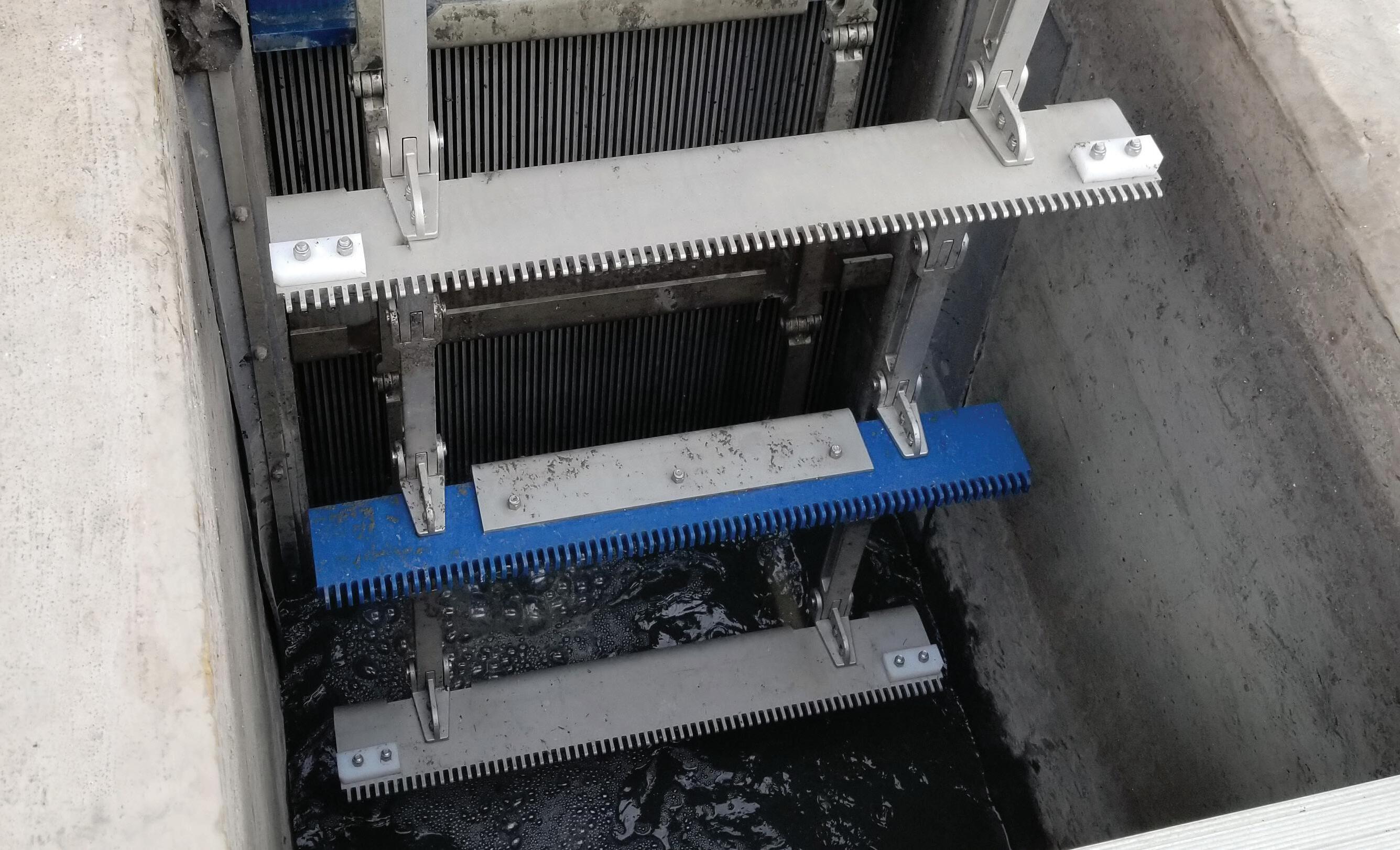
Capture more debris with no fouling or jamming. Lakeside’s Raptor® FalconRake® Bar Screen features a trouble-free stainless steel chain link design and multiple rake heads to achieve continuous, highly efficient solids removal with low headloss. The energy saving drive system operates at variable speeds to ensure superior cleaning, and is easily accessible above the water surface. And, as with everything Lakeside manufactures, our heavy-duty design and all stainless steel construction is made to last even in the most severe conditions. Protect your downstream equipment with the Raptor FalconRake Bar Screen, Lakeside’s proven, durable and cost-effective screen technology for rapid debris removal in municipal and industrial applications.


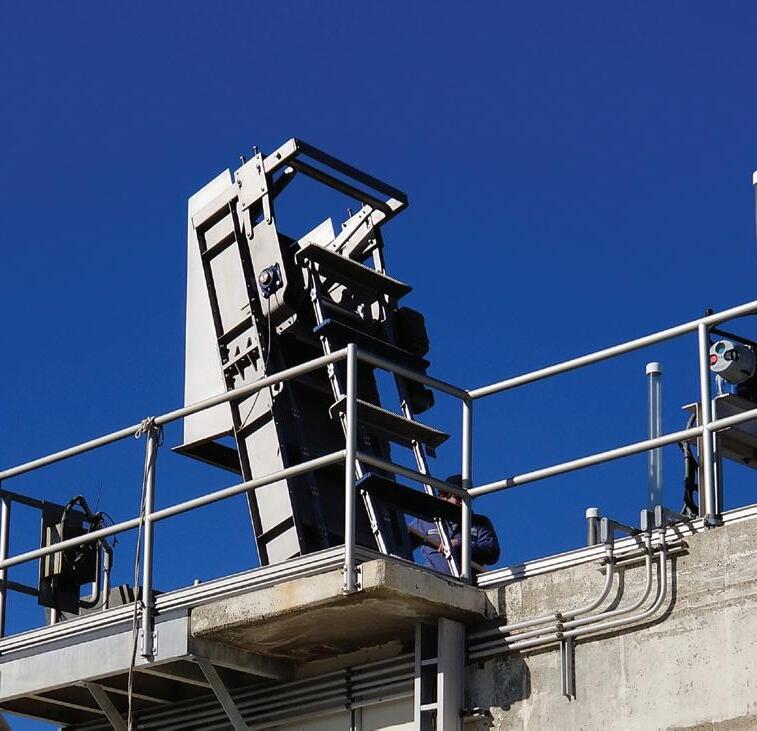

Speak to one of our experts at 630.837.5640, email us at sales@lakeside-equipment.com or visit lakeside-equipment.com for more product information.




Aurora Water, the second-largest water provider in Colorado, is operating a pressure management system that recovers pressure to pursue sustainability goals and tackle energy costs.
It is well understood that water and energy are closely related. At the City of Aurora, Colorado, we use a lot of electricity to supply water to our customers. In fact, energy is the highest operational cost, and it has been rising three to four times the rate of inflation over the past several years.
Aurora Water has a storied history of being forward-thinking. It’s been an industry leader in making its system more efficient, sustainable, and resilient. To manage electricity consumption and
reduce associated costs, Aurora Water uses Variable Frequency Drives (VFDs) at most pumping stations. Additionally, a comprehensive LED retrofit is underway at facilities to improve energy efficiency. Aurora Water also generates 1.7 megawatts of solar power annually at solar farm locations, helping to offset portions of its energy use.
In 2013, hydroelectric generation was included in Aurora Water’s Energy Master Plan as an option that should be further considered as a part of its energy generation portfolio. After learning what
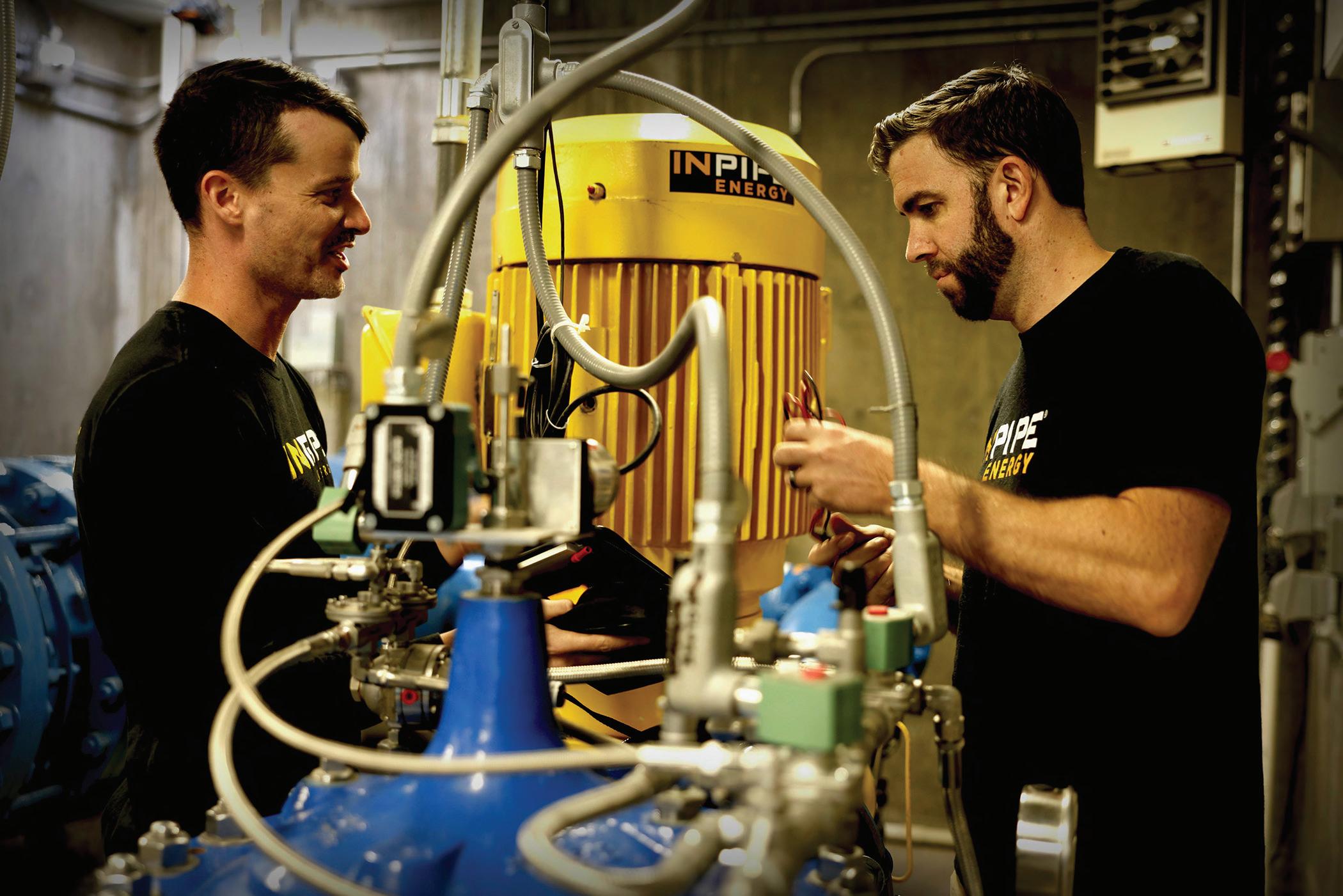
Denver Water’s success with the installation of hydrokinetic turbines in the South Boulder Canal, we became interested in learning more about viable hydropower technology options. As a result, in 2023, we issued a request for proposals (RFP) to gather insights from experts in this field on how they would incorporate in-conduit hydropower within Aurora Water’s distribution system.
I’ll admit that our team was nervous when we first told them that we would generate electricity from wasted pipeline pressure. There are several steps for a project like this to succeed. I would recommend any organization evaluating hydropower energy recovery to start their process with the following:
1. Staff buy-in. We included operations staff early in the conversation so that they understood how the project fits into the City’s sustainability goals, were prepared for the change, and knew how to maintain the equipment. Due to our stringent cybersecurity protocols, the SCADA staff initially approached the integration of external software with caution. However, now that the system is fully operational, their initial concerns have transformed into strong internal support.
2. Talk to your electricity provider. Your electric utility must be on board and involved in every step. In our case, the site
produces 10 times more electricity than it consumes. In 2023, Colorado passed new net metering regulations, making energy recovery projects like this economically compelling so we can offset energy costs at other locations in the City. However, these relationships depend on trust and consistent coordination. Ultimately, if your team is on board for this type of project implementation, calculating benefits, designing the system, and addressing concerns become easier.
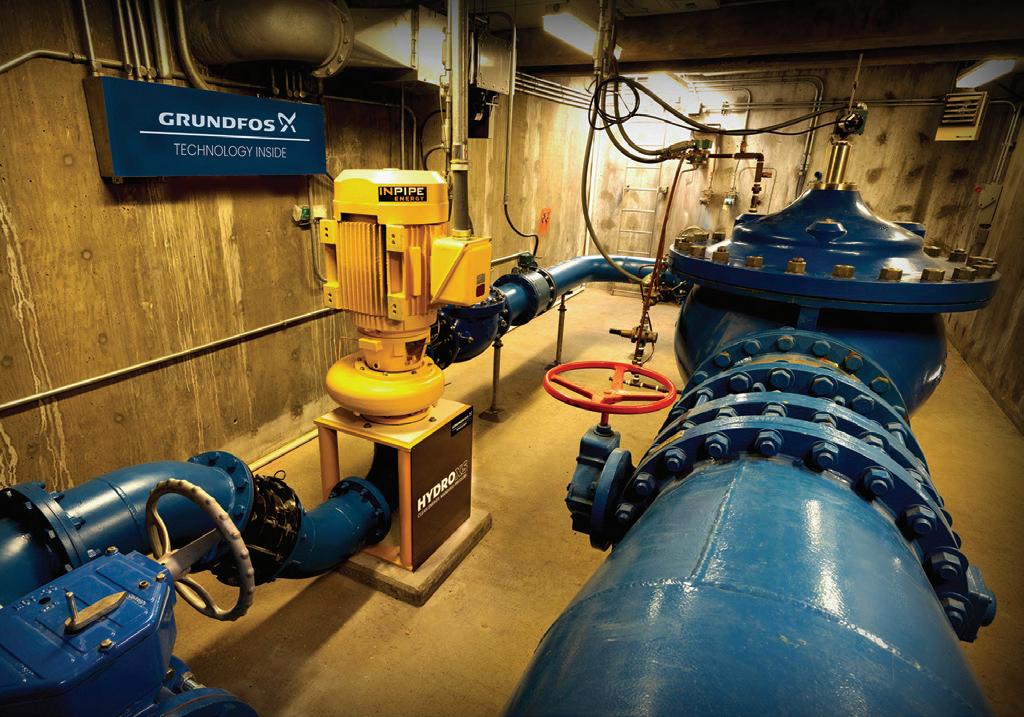
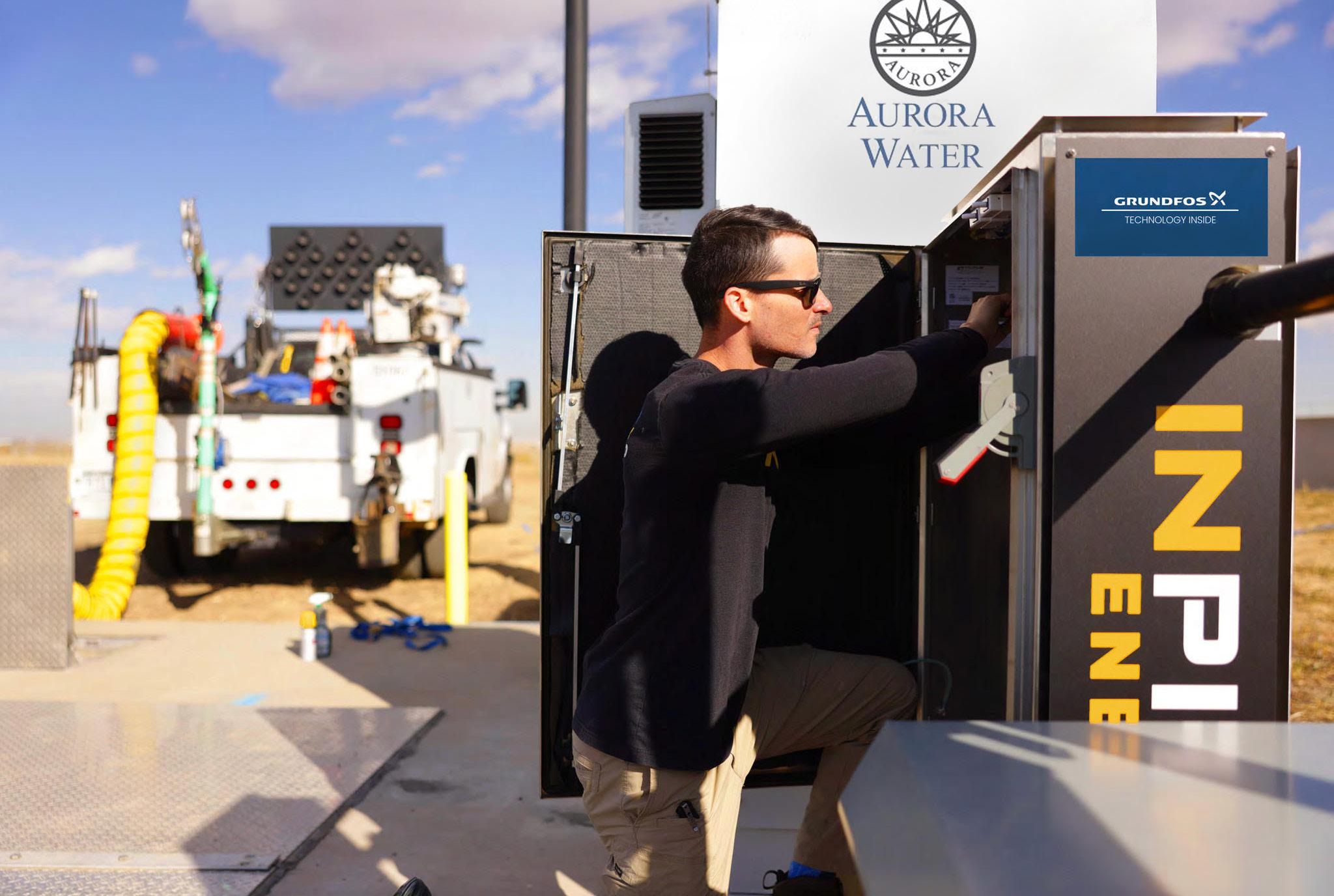
“Your electric utility must be on board and involved in every step. In our case, the site produces 10 times more electricity than it consumes. In 2023, Colorado passed new net metering regulations, making energy recovery projects like this economically compelling so we can offset energy costs at other locations in the City.”

After reviewing the many responses to our RFP, we selected InPipe Energy, the developer of the HydroXS. It’s a turnkey pressure management and energy recovery system that easily integrates into our existing pipelines. I think of it as a smart pressure-reducing valve that also generates electricity.
We worked closely to develop detailed construction drawings, submit regulatory filings and the interconnection application, select contractors, oversee the installation, and train our operations team on how best to maintain the system.
3. Power Panel that captures and conveys electricity to safely and reliably power the facility or export it to the grid.
Electricity is consumed on-site and additional electricity automatically offsets another location in the city. Our facility’s footprint stayed the same, and, instead of wasting pressure, we generate electricity. This solution also provides data for our non-revenue water (NRW) loss tracking and provides real-time operations and sustainability data. The great thing about this is that we didn’t give anything up – we still precisely manage flow and pressure, and it’s all paid for by energy savings.
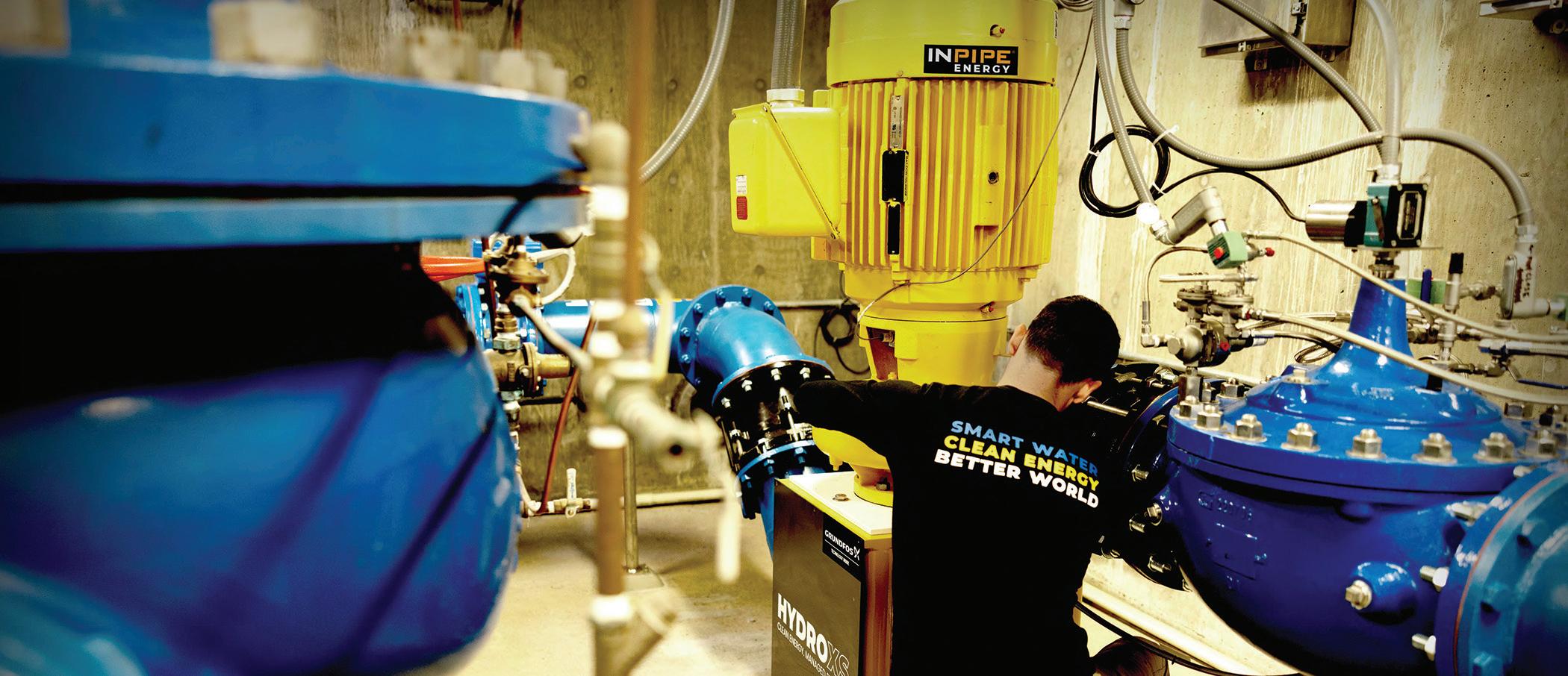
At its current rate, we are exceeding our energy generation projections. We are on track to produce 255,000 kilowatt hours of energy per year, offsetting 3,400 tons of carbon emissions over the project’s lifetime. We expect to recoup roughly $30,000 a year in energy savings.
This project qualifies for reimbursement from the Inflation Reduction Act (IRA), so we expect to receive 40% of the eligible project costs back from the federal government later this year. We also applied for the Bureau of Reclamation’s Water Smart grant. After receiving those funds, our payback period will be younger than five years for equipment that lasts at least thirty years.
The Project at Gun Club is new but holds great potential for Aurora Water’s energy budget. Our system has 125 PRVs, 30 of which were identified as feasible for in-conduit hydropower generation. And, unlike solar, hydropower works 24/7. It fits into our existing infrastructure, and maintenance is easy. In the future, in-conduit
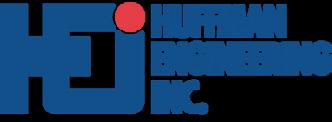


hydropower may become a larger part of Aurora’s multi-pronged sustainability approach, driving our climate commitments, keeping water rates affordable, and cutting energy consumption.
If you’re considering innovative energy production or have questions about our Gun Club HydroXS project, please feel free to reach out. We will be hosting tours and publishing our findings in the coming years.
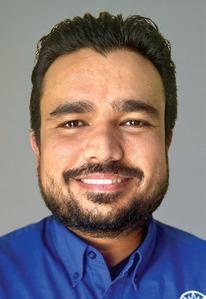
Shiva Sapkota, a mechanical engineer, has led the City of Aurora’s (Aurora Water) infrastructure asset management program since 2017, ensuring the resilience of critical water systems. Passionate about sustainability, he has spearheaded multiple renewable energy initiatives, optimizing efficiency and reducing environmental impact. His work integrates data-driven strategies to enhance asset longevity and advance clean energy solutions in public utilities. He can be reached at ssapkota@auroragov.org.
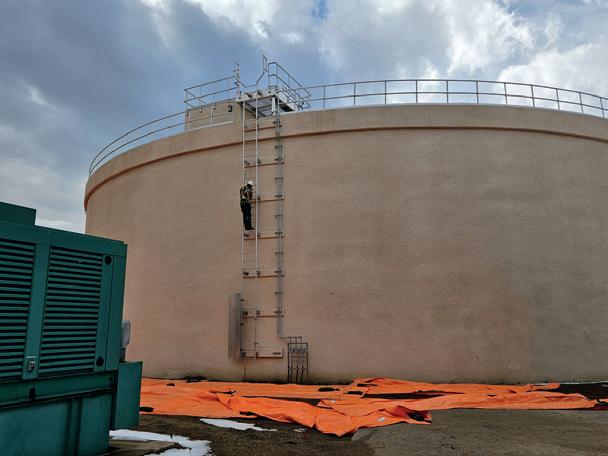






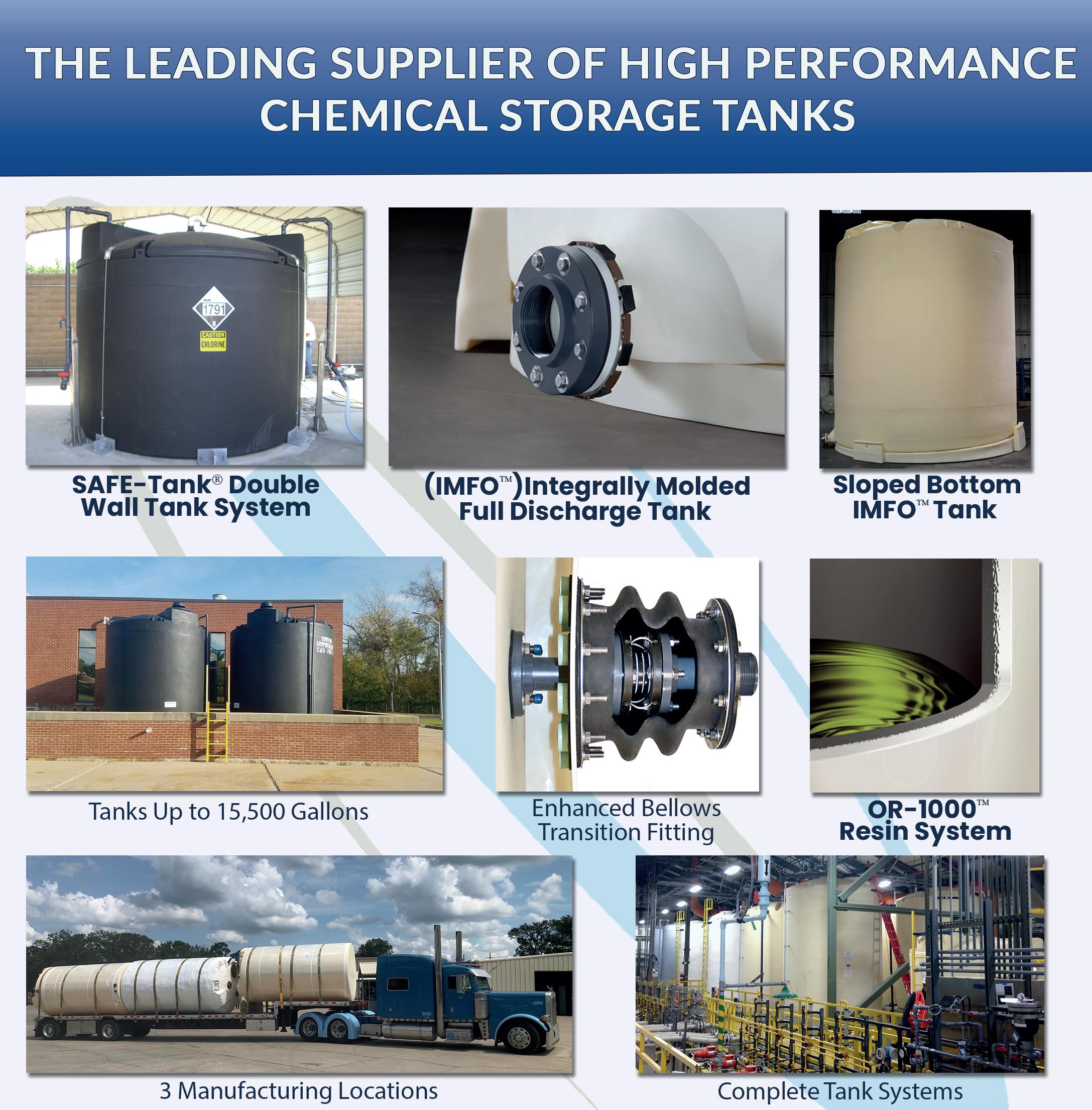

Reprinted with permission from Water Environment & Technology magazine (Vol. 37, No. 1), January 2025, ©2025, Water Environment Federation, Alexandria, Virginia. All rights reserved.
Alternative project delivery methods enable water utilities to add value and reduce risk while executing capital projects. While these approaches often are associated with large utilities that have significant budgets, they can have equal –if not greater – advantages for small utilities that can save time and money, even with limited staff.
Several small utilities in the Rocky Mountains successfully have leveraged alternative delivery methods to achieve their project goals within budgetary and schedule restrictions. This article examines how the City of Fruita, Colorado; the City of Laramie, Wyoming, and the Winter Park Ranch Water and Sanitation District (WPR; Colorado) benefited from the collaborative processes inherent to alternative delivery – specifically from the alternative delivery approach known as construction manager at risk (CMAR).
In the current procurement and construction climate, small utilities face a litany of obstacles to delivering capital improvement projects. Material shortages, inflated costs, and workforce shortages force utilities to make difficult decisions about how to spend their limited available funds. In the Rocky Mountain region, top-tier construction firms often overlook small-town capital projects because of their limited budgets and the high cost of fielding skilled crews to remote locations. However, the technical challenges of maintaining service to customers during construction, meeting permit limits, and continuing operation of critical infrastructure are the same regardless of facility size or location. As such, alternative delivery provides mechanisms for smaller utilities to help limit their risk in completing design and constructing critical improvements to water and wastewater infrastructure.
The CMAR delivery approach differs from traditional design-bidbuild (DBB) in several ways. The utility selects the contractor based on qualifications instead of price. The selected CMAR provides design input to address constructability, means and methods, safety, sequencing, and operational aspects of the project. The CMAR provides a guaranteed maximum price (GMP) – the all-encompassing cost of the project – toward the end of the preconstruction phase, typically following 60% design. Except for utility-directed scope changes, the CMAR is held to the GMP for the duration of the project.
The CMAR method also had the advantage of open-book pricing. The CMAR will disclose material costs, labor costs, and markups to the utility for regular review. Following acceptance of the GMP,
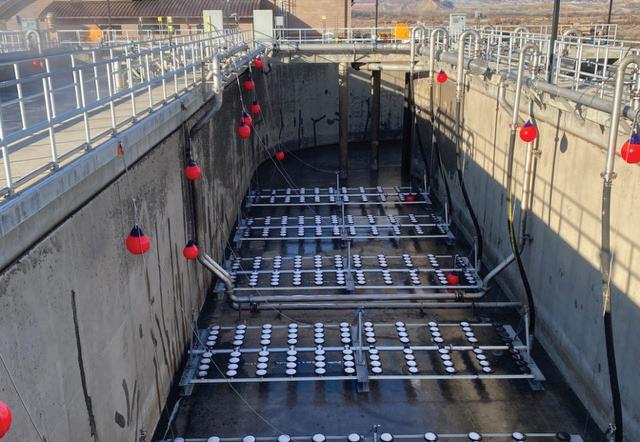
utilities make payments to the CMAR on a cost-plus-fee basis. Prior to acceptance of the GMP, the utility can terminate its preconstruction agreement with the CMAR and pursue other means of delivering the project should the two parties not reach agreement on scope, GMP, schedule, or drivers.
As with DBB, the utility holds two separate contracts with the CMAR and the engineer. Progressive design-build (PDB) is delivered in the same way as CMAR, except the utility has a single design-build contract with both the engineer and the contractor.
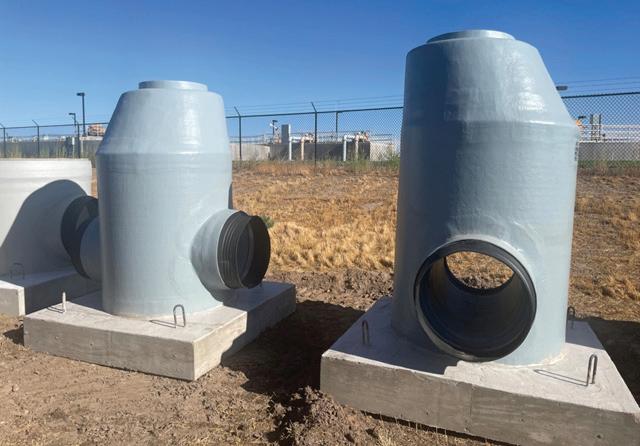

Fruita, Laramie, and WPR all had project drivers that were complementary with alternative delivery. In the absence of technical staff, these utilities were dependent on engineering and construction partners to develop and execute their projects. In all cases, the actual cost of work far exceeded the initial project budgets established by the owners either arbitrarily or through study. And the utilities are all a significant distance away from large population hubs, making them less attractive to low-bid, DBB contractors. While all three utilities chose CMAR as the alternative delivery method, PDB could have helped them achieve similar benefits just as easily.
Fruita has used CMAR successfully throughout the last decade and is comfortable with the approach, due to the separation of engineering and construction contractual agreements. Laramie and WPR had never been through alternative project delivery and determined that leveraging their engineers’ experience with the method while maintaining separate contracts made the most sense. In all cases, the utilities overwhelmingly preferred selecting the contractor based on qualifications and experience.
Fruita took a unique approach to alternative delivery. Located approximately four hours from any major metropolitan area, the city found it difficult to entice contractors to pursue projects delivered with a traditional DBB method. As such, Fruita selects an on-call CMAR firm every five years and issues work packages with negotiated GMPs to address its ongoing capital improvements program.
In 2023, Fruita conducted two CMAR work packages –replacement of its oxidation ditch aeration grids and collection system improvements to mitigate hydrogen sulfide generation. The on-call CMAR contractor commenced work with a preconstruction contract around the 30% design level to provide value engineering, constructability review, cost estimating, and scheduling. Both projects included critical construction sequencing operations with significant cost ramifications (for example, the hydrogen sulfide project included significant

bypass pumping associated with manhole replacement). The engineer, CMAR contractor, and Fruita collaborated early to determine the exact manhole designs and construction sequence of operations to minimize bypass pumping time.
Laramie traditionally had delivered its capital projects in a DBB method – selecting the low-price bidder without direct attention to qualifications. Like Fruita, Laramie is staff-limited and has budgetary restrictions. Low-bid DBB projects have taxed the already overstretched engineering staff to their limits on the ability to deliver projects on time and on budget. Laramie’s first CMAR project is the West Laramie Main Lift Station Replacement, with construction originally anticipated to begin in summer 2024. The project includes construction of a new terminal wastewater lift station, construction of a headworks screening facility, and installation of approximately 1.6 km (1 mi) of force main piping, all at a depth of more than 7 m (24 ft).
Although it originally and somewhat arbitrarily budgeted USD $2 million for the project, Laramie realized the breadth of its project goals could not be accomplished within this budget. As of early 2024, the selected CMAR had priced the project at around $14 million. The engineer, selected CMAR, and Laramie began the collaborative value engineering process early to find options that would meet Laramie’s goals within an attainable budget. This started with a “wants, needs, and must-haves” workshop that helped identify scope elements to be included in the project. Considerations on phasing, alternate means and materials of construction, and facility location adjustments led the team to lock in an overall design that would meet Laramie’s goals for a lower cost.
WPR serves a resident and tourist community outside of the Winter Park Ski Resort, located about 100 km (66 mi) from Denver. The utility does not employ any engineering staff and maintains a limited capital budget. A single clearwell facility constructed nearly 40 years ago treats and disinfects 7,600 m3/d (2 mgd) of drinking water. WPR chose to adopt the CMAR primarily to help incorporate the complex series of sequences necessary to construct the clearwell facility improvements while maintaining its operation.
The utility’s original budget for a facility expansion –including dedicated chemical storage, replacing aging electrical equipment, improved disinfection automation, and added redundancy to high-service pumping – was approximately USD $2 million. However, with increases in labor and material costs over the last four year’s, the selected CMAR’s first GMP came in just over $4 million. As in Laramie, the engineer, CMAR, and utility executed a series of collaborative “wants, needs, and must-haves” exercises to address the budgetary overrun of the project scope collaboratively. WPR chose to postpone replacing electrical equipment to a later construction phase, and the team produced more cost-effective pumping and chemical storage options than originally designed. The utility ultimately agreed to a GMP of approximately $2.5 million.


Fruita completed its two CMAR projects in 2023, about 2.5% ahead of schedule and under the GMP. Cumulatively, the CMAR returned approximately USD $400,000 in deductive change orders from the $3 million GMP. The cost and schedule efficiencies resulted from the dedicated partnership among the utility, engineer, and CMAR. Funadementally, Fruita’s leadership trusted the collaborative process and allowed the engineer and CMAR to deliver the project within the set goals but without hindering oversight.
Laramie chose to shelve its lift station project indefinitely until it could gather funds through the Clean Water State Revolving Fund (SRF) and other grant-funding mechanisms. While the collaborative process helped drive the cost down, the city simply could not come up with funds to proceed with the project immediately. Although Laramie did not expect to use and offramp, it could have exercised this option in an attempt to drive costs down with the market competition. However, this option has the risk of not guaranteeing the overall project cost, which would leave the city vulnerable to closed-book pricing and change orders. Instead, Laramie took this “pause-ramp” approach and successfully received enough funding through SRF in winter 2024 to continue the work, with construction now anticipated to begin in summer 2025.
Finally, WPR is making improvements to the clearwell facility, and at press time, anticipated that construction would be completed by the end of 2024. Through the collaborative process, WPR could finalize a project scope that met its immediate needs while deferring fewer critical upgrades to a later date. Had it executed the project as a DBB, the utility likely would have gone through several re-bid iterations with reductions to scope. While market competition might have prevailed and lowered costs, WPR is satisfied with the construction sequencing input and cost certainty of the collaborative delivery approach.
Many small utilities either rely on their engineers to develop frontend documents, including construction contracts, or use the Engineers Joint Contract Documents Committee (EJCDC) construction contract and general conditions, as was the case with Laramie and WPR. In spring 2023, EJCDC came out with standard CMAR construction
contract documents, which contain much of the same principles of the standard DBB contract. EJCDC CMAR documents are relatively straightforward and allow for streamlined implementation, especially if the utility has experience with EJCDC DBB contract documents. With their engineers’ assistance. Laramie and WPR adapted their specific policies and supplementary conditions into the new CMAR contract documents. However, the EJCDC documents are written for a broad scale and scope of projects, and finalizing the documents to meet small utility needs can be a time-consuming process to meet specific terms and conditions, specifically the differentiation between the CMAR’s construction and construction management activities.
Each of the three municipalities; experiences demonstrate successful application of alternative delivery for small utilities. While Fruita’s application resulted in the best-case scenario of staying on schedule and under budget, both Laramie’s and WPR’s situations demonstrates the flexibility offered by alternative delivery. If they had proceeded with DBB instead, they would have had to re-bid their projects or forgo them completely. However, the collaborative process afforded by the CMAR allowed WPR to efficiently adjust scope and continue with the project to meet its immediate needs. Likewise, Laramie had options with its situation that would not be available through traditional project-delivery methods and allowed them to pause the project until necessary funds became available without sacrificing the project team. Alternative delivery provides the design flexibility and cost certainty that can benefit small utilities greatly. The collaborative nature of alternative delivery offers distinct advantages for the often-understaffed municipalities that otherwise would rely on traditional, closed-book practices. And the qualifications-based selection process draws more interest from high-quality contractors, reducing the risk of limited competition for small, remote utilities. It is never too early to plan construction sequencing. Construction activities associated with wastewater systems always are inherently risky because flow cannot be stopped. However, system upsets with small utilities with limited staff can be catastrophic. Early and frequent contractor input on design combined with the unique project workflow of alternative delivery approaches reduwce the risk of substantial late project cost changes while providing the owner options to proceed, offramp, or value-engineer during the preconstruction phase. For Fruita, early planning saved time, money, and risk.

Ben Miller, PE, DBIA is a Client Service Manager and Project Manager for Tetra Tech in Denver, CO. His experience is largely focused on the project management and execution of design projects ranging from treatment facilities, pump stations, lift stations, and water conveyance. Mr. Miller is passionate about the merits of collaborative delivery including progressive design-build and construction manager at risk.
Most see a mountain lake.
We see a resource worth protecting.


Sielen Namdar, Head of Water & Environment Segment, Schneider Electric US
Water utilities are faced with many challenges, from aging infrastructure, aging workforce, and regulatory compliance to water scarcity, climate impacts, financial constraints, and affordability. These challenges require water organizations to adopt innovative solutions and technologies, invest in infrastructure, and engage with their communities to ensure a sustainable water future. Several water utilities have started to turn to digital technologies and new business models to develop deeper insights and do more with less. Alternative delivery methods for digital solutions have become prominent in several industries but are just beginning to be considered in the water sector.
As discussed in the Smart Water Networks Forum (SWAN) DaaS Playbook, one emerging opportunity is an outsourced, performance-based approach to obtaining high-quality data collection, delivery, and analysis known as “Data-as-a-Service” (DaaS). DaaS is a partnership model in which a technology supplier operates and maintains specific hardware equipment for collecting, transmitting, and processing data, and the utility pays only for the delivered results and outcomes. This model allows utilities to access high-quality data on demand without the need to own and maintain the underlying infrastructure. DaaS has gained traction in the industrial and agriculture sectors for addressing water-related concerns; however, there is little information on how to adopt this model, including the associated risks and required utility maturity factors.
To explore this topic further, several water utility and industry leaders partnered with SWAN and led a DaaS workshop at the 2025 Utility Management Conference in Dallas, organized by AWWA and WEF. The participants heard presentations on recent DaaS case studies by the City of Grand Rapids, Ketos, and UMS. They were then divided into three groups to explore the challenges, solutions and recommendations for adopting DaaS business models for three different size municipalities and water utilities: small, medium, and large. The participants tackled topics such as circumstances where DaaS makes sense for a utility based on size and population. They also discussed in which scenarios would DaaS be a method of choice for a water utility, elements that utilities would need to overcome to adopt DaaS, and the anatomy of a successful DaaS project and how to measure it.
Other key areas of focus included the role of internal and external stakeholders in building support for this model, project cost implications, and ROI analysis. The participants also discussed tactical requirements such as the location of data collectors, understanding the system behavior, operations and maintenance requirements, and specific procurement language that would need to be included in the RFP to ensure a high level of service. The roundtable teams concluded that there are tremendous benefits to implementing the DaaS delivery model, such as cost and operational efficiency, advanced technology

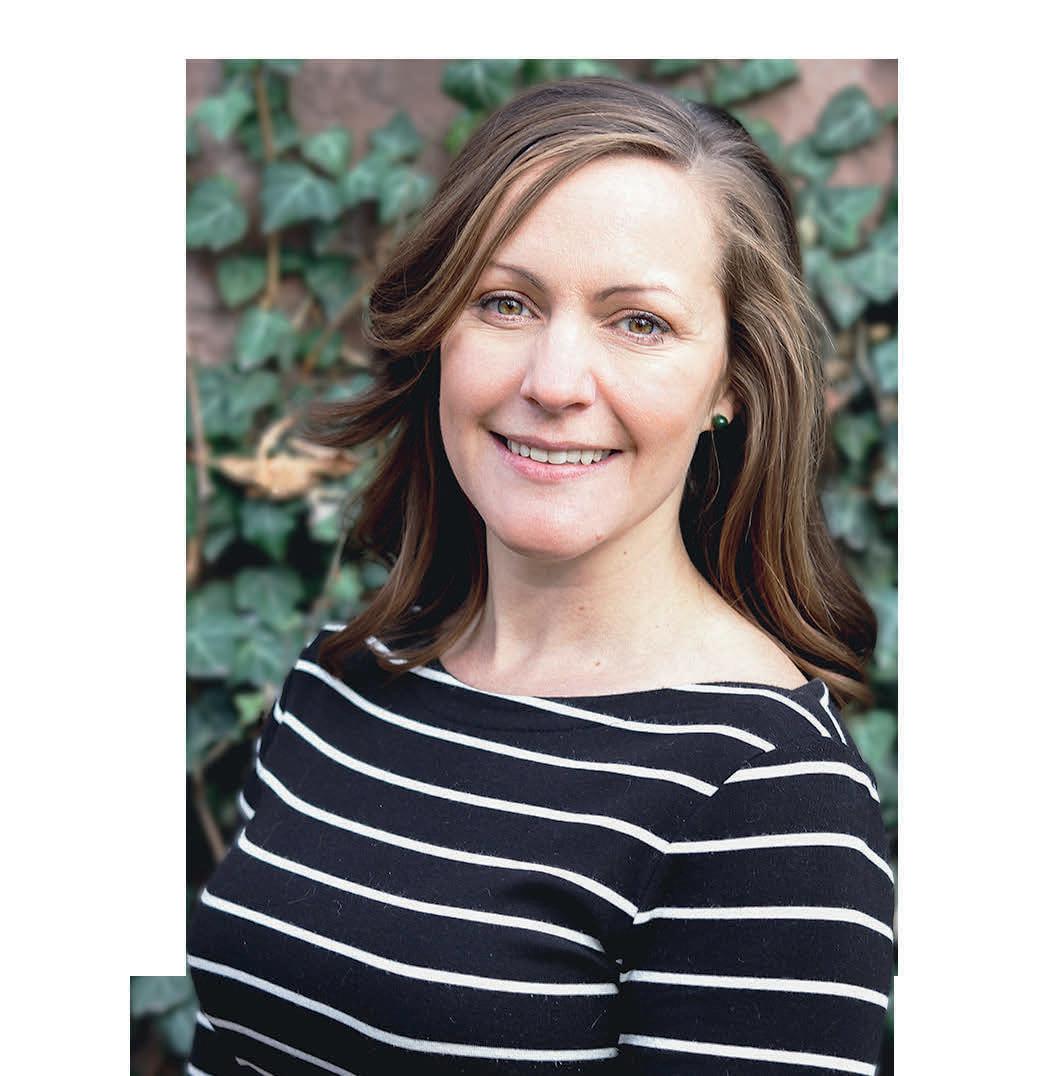
integration, and scalability. They also acknowledged that the digital maturity level of the organization, internal and external stakeholder buy-in, strong partnership with the technology providers, and reliability of the data based on regulatory requirements are key considerations for adopting the DaaS delivery method.
As the moderator of one of the teams at this workshop and as the Head of the US Water Segment for Schneider Electric, it was great to learn about the strong interest in the growth of the DaaS delivery model. At Schneider Electric, we have emerged as a key player in providing DaaS solutions to water utilities. Leveraging our expertise in digital transformation and smart technology, we design and implement DaaS models tailored specifically for the water sector. These services include managing and maintaining state-of-the-art sensors, meters, and data concentrators that gather real-time information to drive operational awareness, monitor flow rates, and provide visibility into infrastructure health.
Our DaaS solutions ensure that utilities receive accurate and actionable data without the burden of managing the technology themselves. The approach includes sophisticated data analytics and cloud-based platforms that are built on our EcoStruxure architectures. This allows utility operators to monitor and diagnose issues remotely, and optimize operational
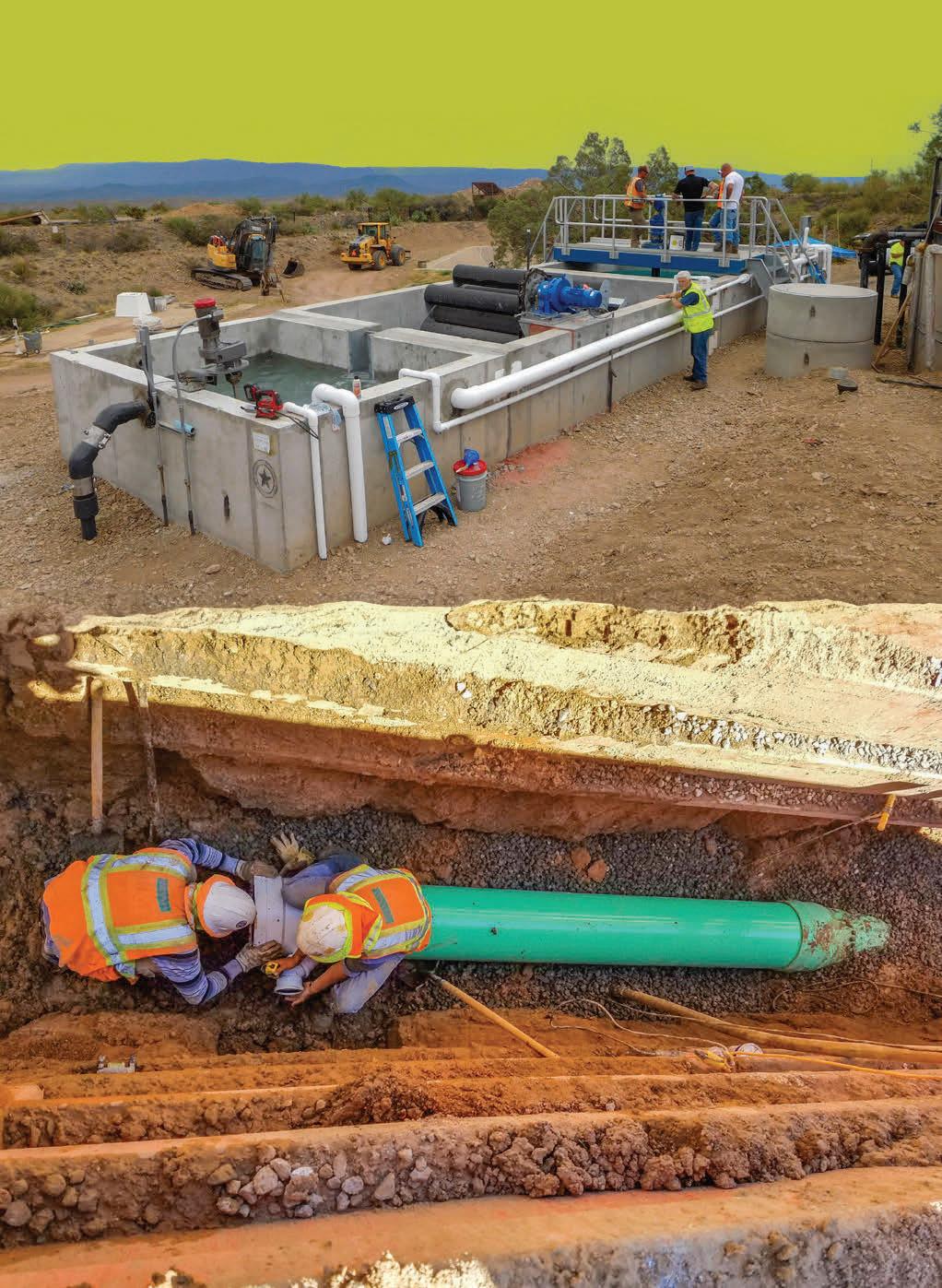
efficiency while reducing costs. With our DaaS platform, utilities can enhance their decision-making capabilities, ensure regulatory compliance, and address water scarcity challenges proactively. We also focus on building strong partnerships with water utilities, providing ongoing support and customization to meet the unique needs of each customer. This collaborative approach ensures the reliability and high performance of the DaaS model, ultimately contributing to a sustainable and resilient water future.
As digital technologies and alternative delivery methods become more prominent in the water industry, variations of the DaaS model can become an attractive choice, especially with the strong outcome-based solution delivery capability. This approach can help water utilities enhance operational efficiency, improve data utilization, and mitigate operational risks.

Sielen Namdar is Schneider Electric’s US Head of Water & Environment Segment. She leads the strategy to drive long-term growth for municipal and industrial water segments. She can be reached at sielen.namdar@se.com
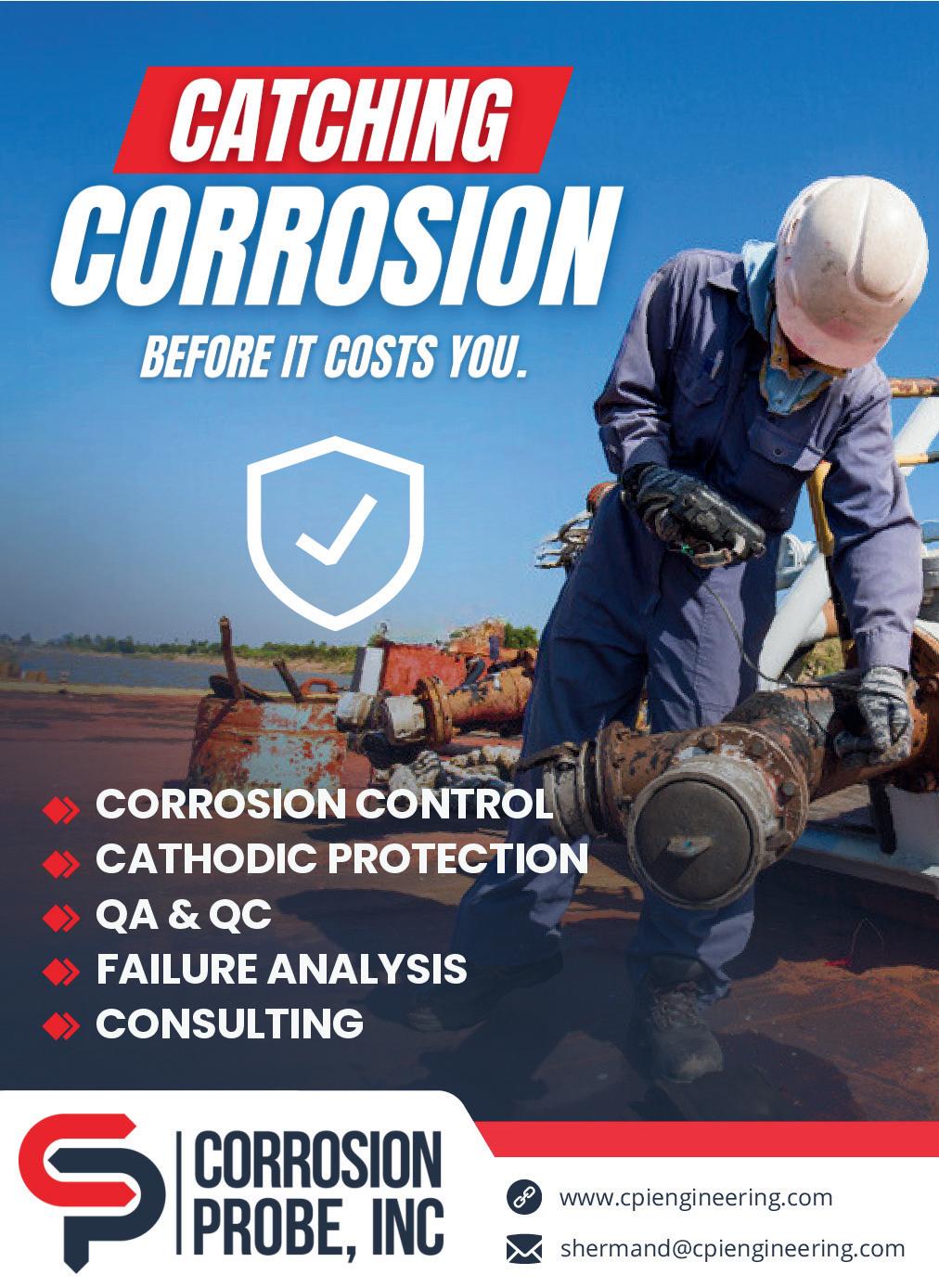
100%
COLLABORATIVE DELIVERY
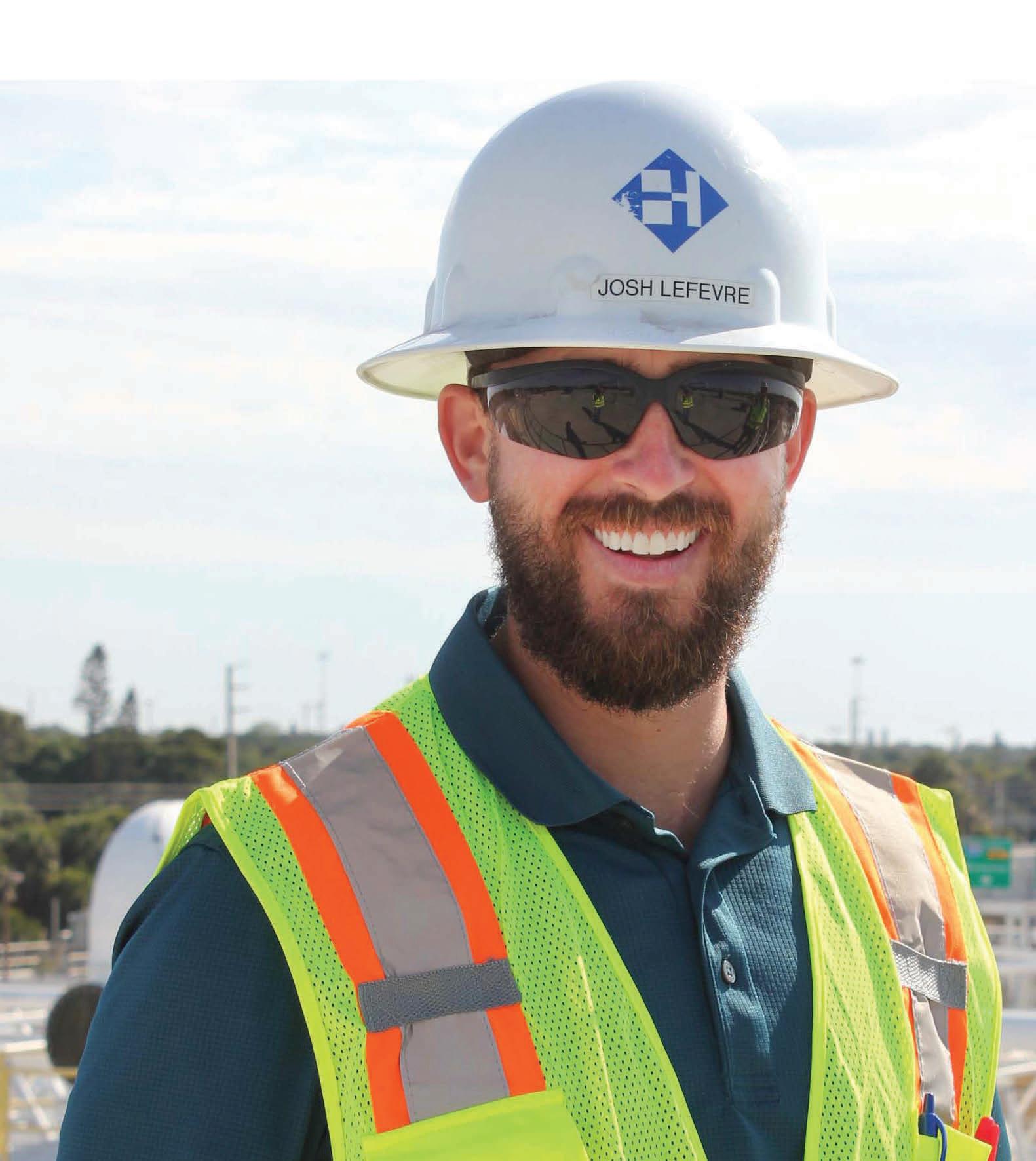


Through Haskell’s in-house craft labor team, we build water treatment facilities with integrity, excellence, and a commitment to exceeding expectations. The key to our self-perform resources is strategic deployment across the U.S. with ample capacity to get the job done anywhere at any time. Let’s create something extraordinary together.
Design-Build | CM/GC | CMAR | Progressive Design-Build | Preconstruction Services

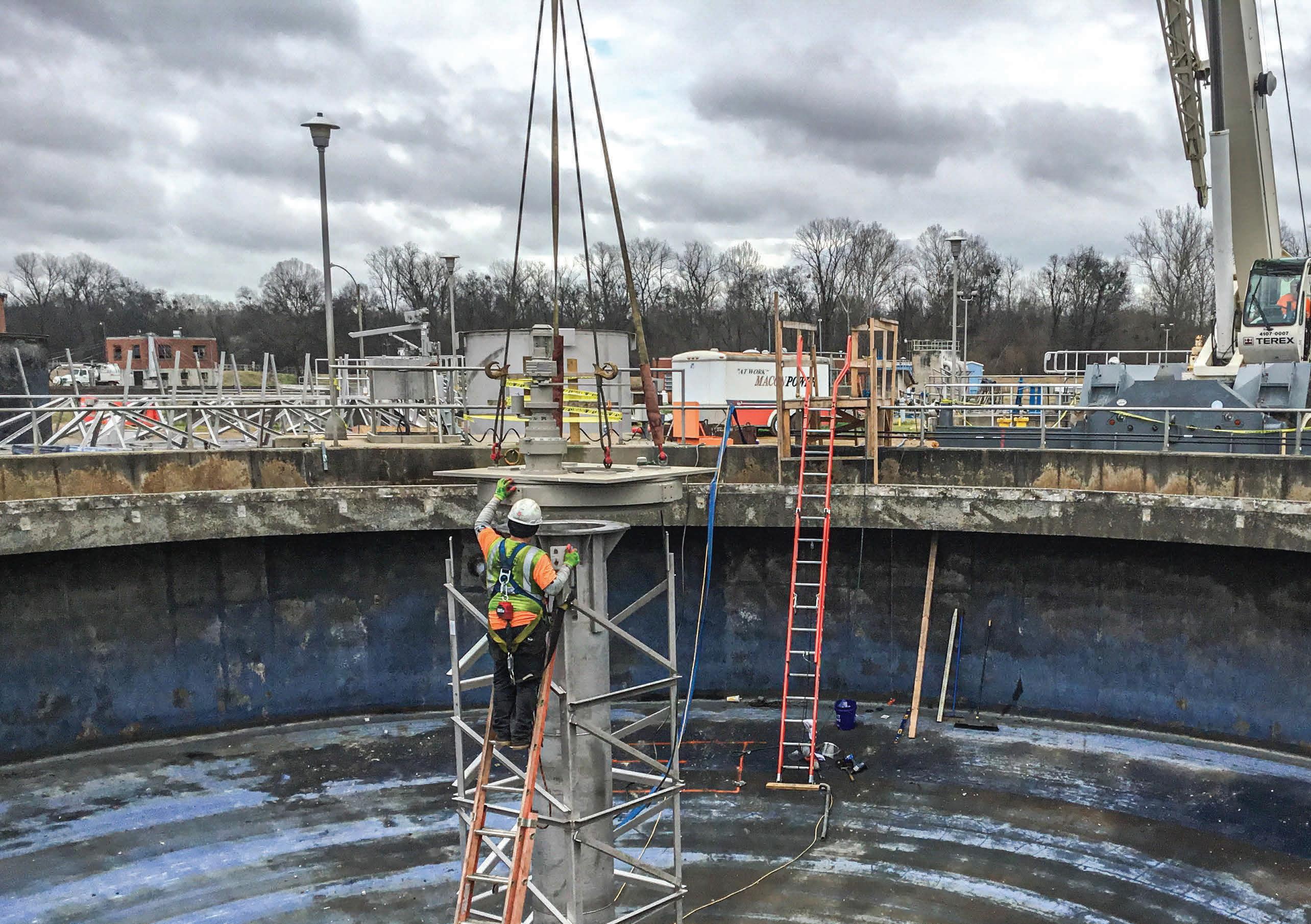
Scan to learn more about our commitment to you. We Create Things That Matter.
Ashwin Dhanasekar, Principal, Brown & Caldwell

Colorado is known for its mountain streams, clear lakes, and outdoor culture. However, microplastics, tiny plastic particles less than 5mm in size, are becoming a concern in water sources globally, including Colorado.
Microplastics originate from various sources. They are intentionally manufactured (such as microbeads in personal care products) or result from larger plastic items breaking down over time (think plastic bags, bottles, and car tires). The Water Research Foundation (WRF) recently hosted a forum in March 2025 to discuss the latest research on microplastics and identify critical research needs.
Concerns about microplastics are growing, both for their direct and indirect effects. Directly, these tiny particles can physically and chemically impact the environment. Indirectly,
microplastics act like sponges, attracting and concentrating harmful pollutants like heavy metals and pathogens, which can then be ingested by animals and humans. Studies have linked exposure to health issues such as oxidative stress and inflammation.
So, where exactly are microplastics found? Research has identified their presence in various water sources, including:
• Freshwater bodies like rivers, streams, and lakes
• Groundwater
• Drinking water, both before and after treatment
• Wastewater, both untreated and treated
• Bottled water
Rivers and streams transport microplastics, leading to accumulation in lakes and oceans. Understanding the local impact of Colorado is important due to its extensive
river systems. A major challenge is the lack of standardized methods for collecting and analyzing microplastics, making it difficult to compare data from different studies. It’s essential that researchers document their sampling methods thoroughly to ensure reproducibility and comparability.
Sampling water or sediment to study microplastics often involves filtering the samples to isolate these tiny particles. Researchers then use various tools to analyze them. Microscopes help visually identify and count the microplastics, while spectroscopy techniques like FTIR and Raman determine the type of plastic. Pyrolysis-GC/MS can even reveal the chemical composition and any additives within the plastic particles.
Existing water treatment processes can remove some microplastics. Conventional
drinking water treatment, like coagulation and sedimentation, can remove over 50% of microplastics. Wastewater treatment plants also achieve significant removal during the preliminary and primary stages. Tertiary treatment processes, such as advanced filtration, can further enhance microplastic removal. Stormwater management infrastructure, like detention ponds and constructed wetlands, also assists. Although there are no specific federal or state regulations targeting microplastics in water yet, some states like California and New Jersey are taking the lead. Other states, such as Pennsylvania and Kentucky, are also planning to implement regulations soon. Efforts to combat plastic pollution include:
• Comprehensive recycling programs
• Bans on single-use plastics
• Legislation aimed at reducing or eliminating microbeads in consumer products California has pioneered in addressing microplastic pollution in drinking water sources. In 2018, the state passed Senate Bill 1422, requiring the State Water Resources Control Board to develop standardized testing methods for microplastics in municipal water systems. This legislation made California the first state to implement a comprehensive microplastics monitoring program. The testing program is being conducted in two phases. Phase One, from Fall 2023 to 2025, focuses on large untreated community water systems, where up to 30 of the state’s largest water agencies will collect samples from untreated water sources. These samples will be analyzed using Raman and infrared spectroscopy. Phase Two, expected to start in Fall 2026, will focus on microplastics in treated drinking water, pending evaluation of Phase One results. Water providers are generally supportive of this initiative, though concerns exist regarding technical aspects and the usefulness of findings given the current lack of understanding of microplastics’ effects on human health. California’s efforts have inspired other states like Virginia, New Jersey, and Illinois to pass similar laws requiring their state health departments to adopt procedures for testing drinking water for microplastics.
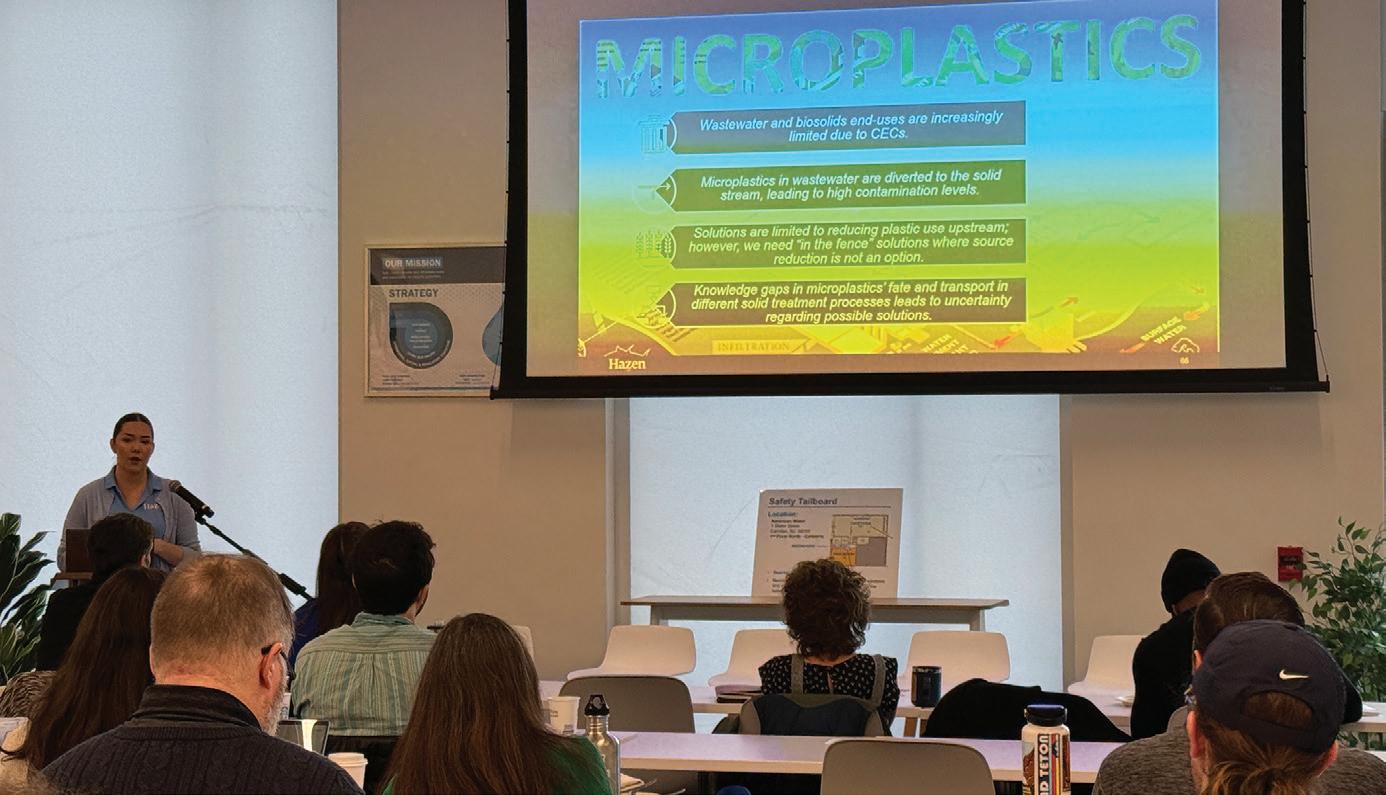
The significance of this initiative is underscored by the widespread presence of microplastics in environmental compartments, including drinking water. Researchers found microscopic plastic fibers in 83% of tap water samples examined globally in a 2017 analysis. The results of California’s testing program will be publicly reported online, providing valuable data for further research and potential regulatory actions. These efforts are crucial in understanding the impact of microplastics and developing strategies to mitigate their presence in water systems.
A lot of utility representatives from across the country attending the WRF forum mentioned they rely heavily on source control to keep microplastics out of the system and hope that regulations to source control would help them immensely. These initiatives are crucial steps towards mitigating the impact of microplastics on our water systems. It was learned from the forum that California is developing standardized testing methods and monitoring plans for source water. The Water Research Foundation is involved in projects providing guidance to utilities and developing effective public communication strategies (WRF 5155 and WRF 5185).
Individuals can play a significant role in reducing plastic consumption by adopting simple yet impactful actions. Proper disposal of waste through recycling and responsible management of plastic items can significantly curb pollution. Supporting
policies that aim to reduce plastic pollution and promote sustainable alternatives is another vital step. Staying well-informed about the issue and sharing knowledge with others can foster collective awareness and action, making it easier to address the growing challenge of microplastics in water. Consumers worry about microplastics being harmful like PFAS. Verifying information and using common sense can help. Wastewater utilities mainly serve, rather than generate, microplastics.
Addressing microplastics in water is a growing challenge, but one that can be managed with knowledge and action.

Ashwin Dhanasekar (ENV SP) is a Principal with Brown & Caldwell. He’s currently serving as an external funding leader and a sustainability consultant. He has over 15 years of experience working in various roles in the water sector.
Ashwin formerly worked for WRF, where we managed their research portfolios on Energy, Biosolids, and Intelligent Water Systems. He has a BS in Chemical Engineering from Anna University (India) and an MS in Environmental Engineering from Colorado State University.
Rotary Lobe Pumps Macerating Technology
PROTECTS PUMPS AND SYSTEMS. SOLIDS REDUCTION CONSTANTLY IMPROVED.
+ Consistent Macerating Results
+ Adjustable Maceration
+ Large Selection of Component Materials
+ Compact, Space-Saving Design
+ Long Service Life
+ Energy Efficient
+ Ease of Maintenance (MIP ® )
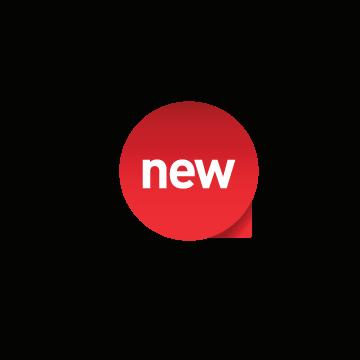
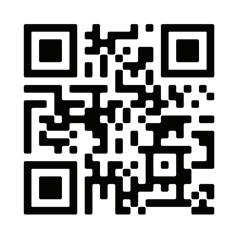
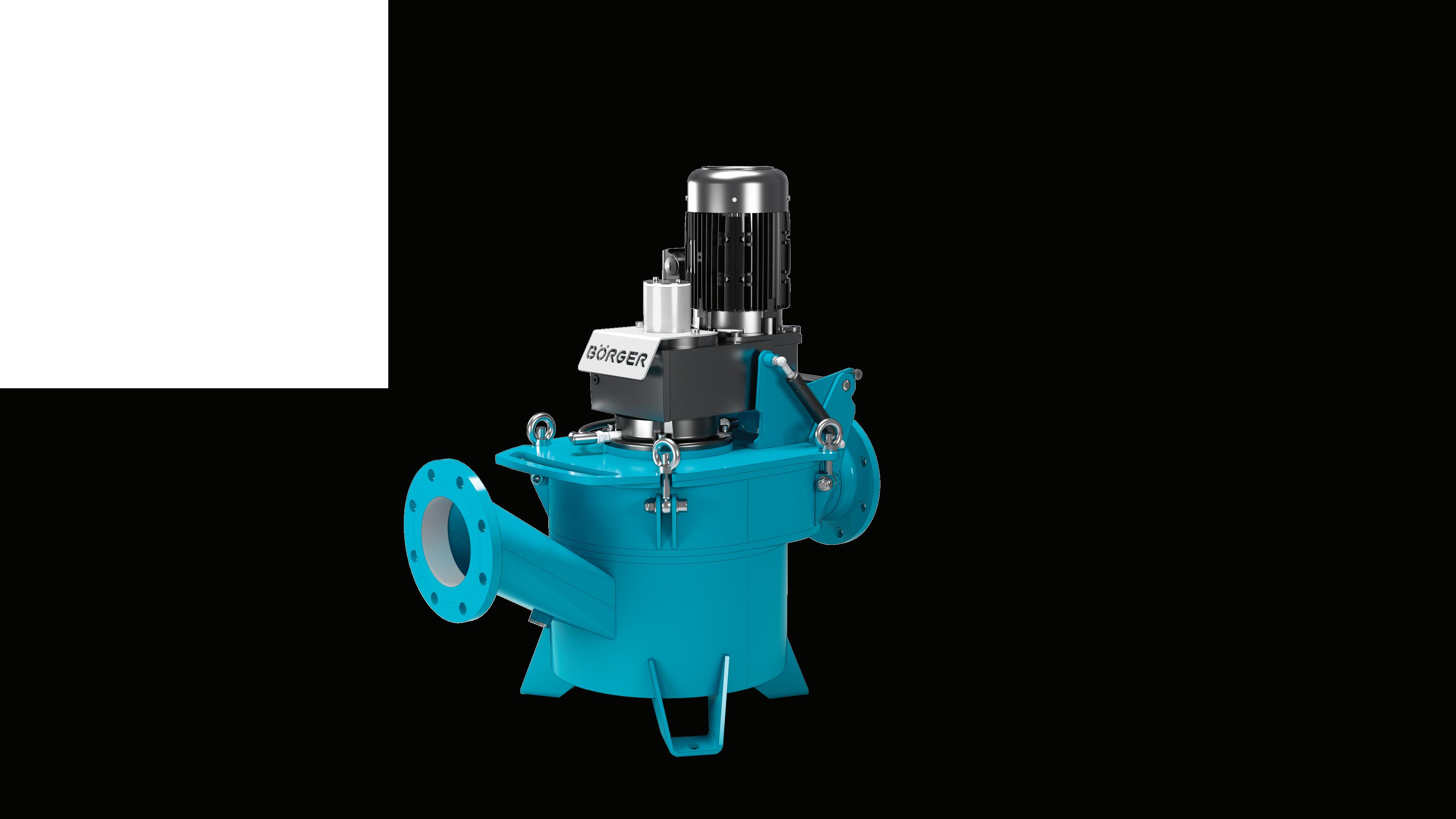
Susan Lander, Johanna Malouff, Cassia Sanchez, Water Authority, and Frank Roth, AWWA Utility Benchmarking Program
The 2025 AWWA/WEF Utility Management Conference held a special topic session on the benefits of three optimization programs used to develop a continuous process in operational optimization. These programs include the AWWA’s Benchmarking and Partnership Programs and the EPA’s Effective Utility Management (EUM). The session’s five utility case studies provided examples of how these utilities developed structured action plans for continuous performance improvement, their lessons learned, and how these utilities adapted their business practices to anticipate future challenges. The five utilities included:
• Albuquerque Bernalillo County Water Utility Authority
• Austin Water
• Coachella Valley Water District
• Greenville Water
• Orange Water and Sewer Authority
This article discusses how the Rocky Mountain Section’s own Albuquerque Bernalillo County Water Utility Authority (Water Authority) successfully integrated the three programs and tools into its continuous performance improvement process. The Water Authority provides water and wastewater services to more than half a million residents and businesses in metropolitan Albuquerque.
To prepare water sector utilities in responding to future challenges, frameworks such as AWWA’s Benchmarking and Partnership Programs and the EPA’s EUM offer foundations for continuous performance improvement and resources. AWWA’s Utility Benchmarking Program advances utility management capabilities to improve efficiency, quality, and

effectiveness. Utilities can use the results of the Utility Benchmarking Survey (UBS) to pinpoint areas for improvement, establish priorities, and implement necessary changes. The UBS performance indicators can be connected to an organization’s mission and vision, business goals and initiatives, accountability structure, and customer and environmental requirements.
A parallel set of resources that can help utilities optimize their operations is the Partnership for Safe Water (PSW) and Partnership for Clean Water (PCW) programs. In emphasizing service level outcomes, the PSW and PCW use selfassessment processes to help utilities evaluate their system performance and operations. Using its own assessment, a utility develops an improvement plan to address operational gaps and refine its performance beyond minimum regulatory requirements. To progress through either program’s phases, utilities must document how they implemented their optimization plans and how they continuously monitor their performance.
Effective Utility Management (EUM) provides a framework based on the Ten Attributes and Five Keys to Management Success. The EUM framework helps utility executives, governing boards, and policymakers improve performance through planning, measurement, monitoring, and implementation using the framework provided by the Ten Attributes. EUM’s self-assessment guides utilities through several easy steps to highlight strengths and areas for operational improvement. By evaluating how a utility performs relative to the Ten Attributes, utility leaders will gain a more balanced and comprehensive picture of their organization.
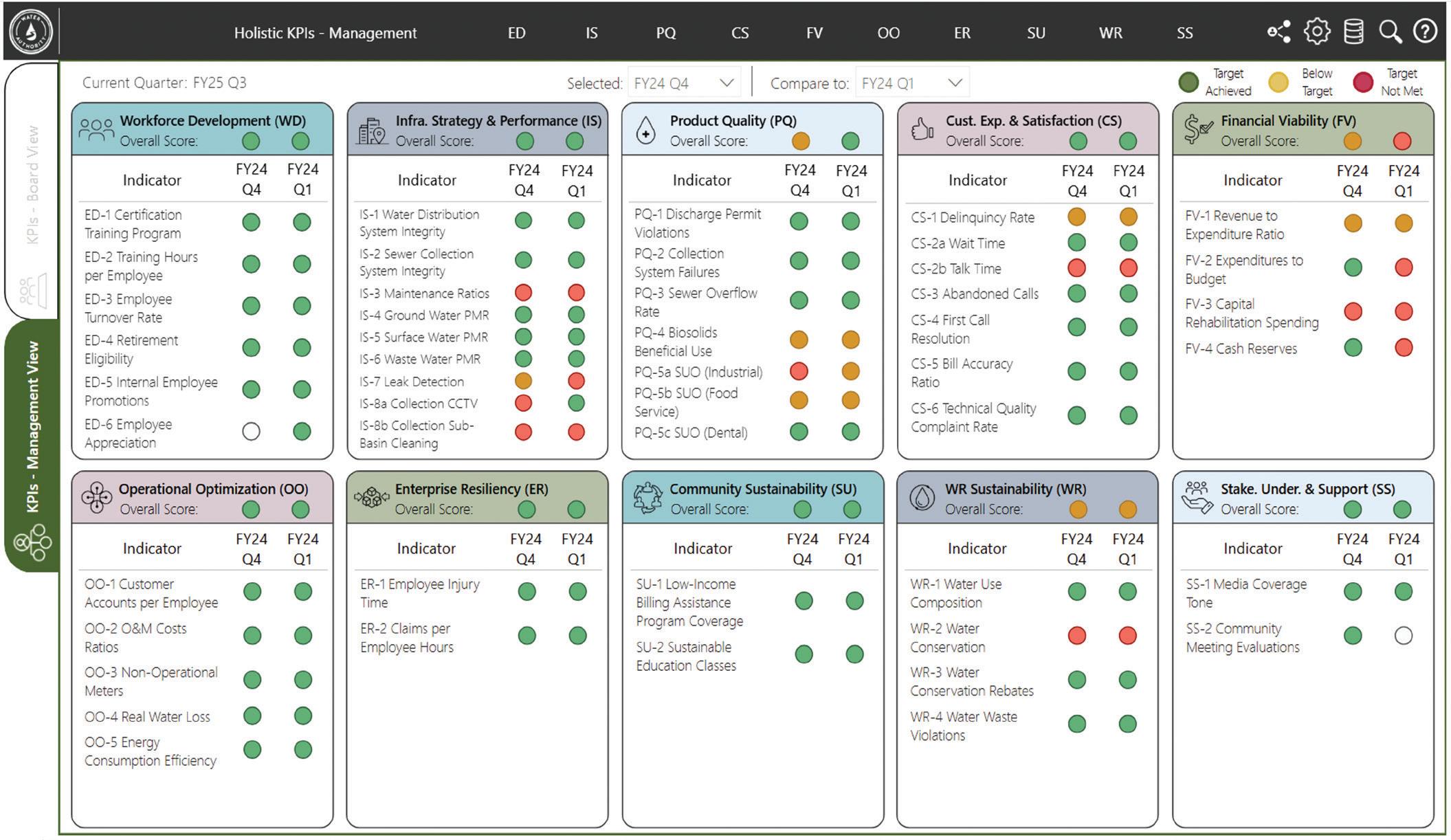
The Water Authority has participated in the UBS since 2004. It began biennial EUM self-assessments in 2015 by benchmarking its performance and practices in the Ten Attributes. It also uses the UBS to identify areas of improvement and develop annual performance objectives to address performance gaps or where it
wants to optimize its performance. More recently, the Water Authority developed an EUM scorecard (Figure 1) and dashboard (Figure 2) that measure the progress of over 40 performance indicators in all EUM’s Ten Attributes. Most of these indicators are from the UBS which allows the utility to benchmark its performance compared to peer utilities. The dashboards are
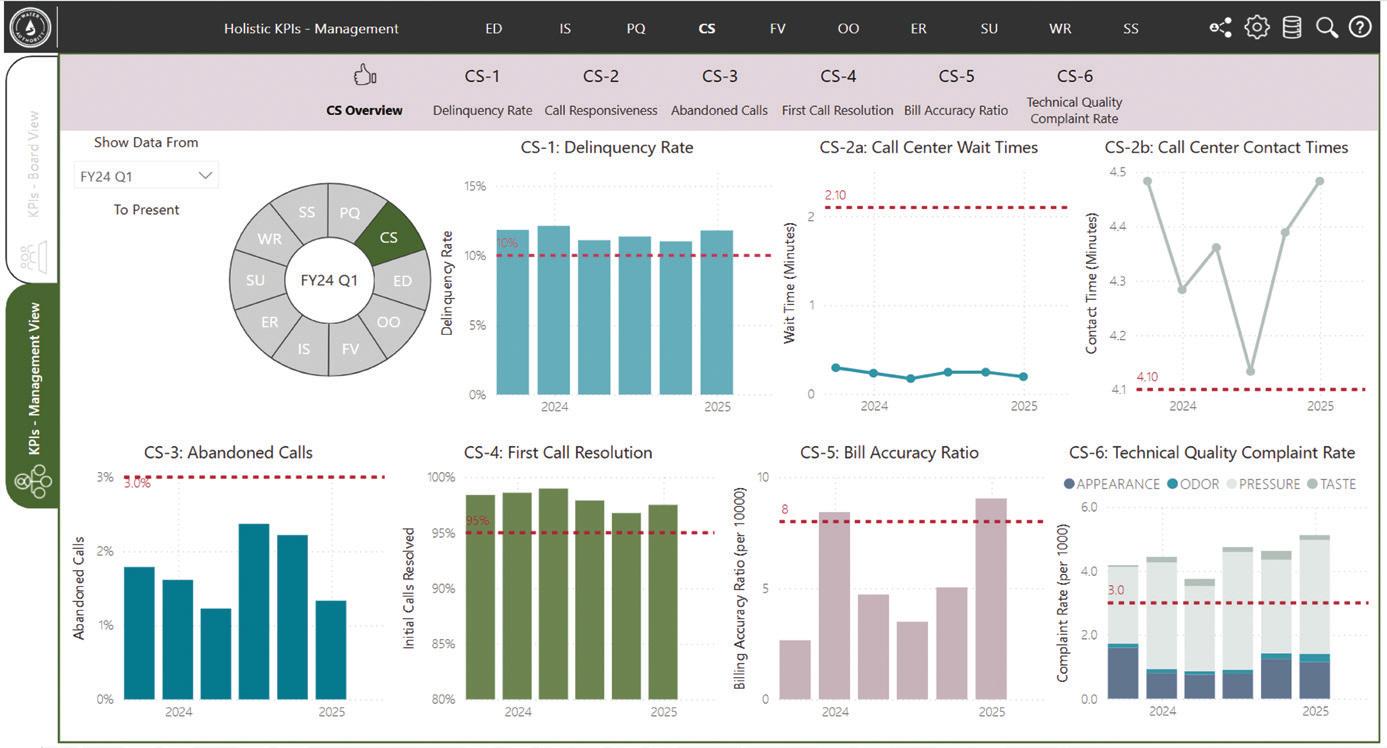
readily available and provide real-time monitoring, improved communication, trend identification, decision support, and increased accountability.
Departments and divisions meet quarterly with senior management to review budget performance, annual performance objectives, and the EUM indicators. This provides an opportunity to discuss areas of concern, current issues, and necessary adjustments in processes or procedures.
The Water Authority has participated in all three AWWA Partnership programs since 2015 and has been recognized for its sustained achievements. At the conference session, the utility presented its shift to proactive distribution system pressure monitoring and management through an advanced metering infrastructure (AMI) platform. In 2018, the Water Authority added a layer of AMI technology to remotely monitor and manage water pressure in near-real time. Operations staff strategically placed pressure sensors at high and low points within each pressure
zone. Two pieces of equipment, smart water meters, and pressure sensors, were deployed throughout the distribution system. Smart water meters are an effective way to place monitoring nodes deep within the distribution system without having to obtain a power source or install additional equipment. The sensors can measure factors such as pressure, level, chlorine, temperature, and pH. With AMI pressure data, the utility can detect a pressure anomaly through an email alarm, mobilize staff to make a repair and validate the repair. This results in proactive maintenance, better customer service, fewer main breaks, and a reduction in property damage claims. Pressure management is connected to several EUM performance measures and several UBS indicators. The implementation of pressure management improvements has resulted in improved performance and exceeding service levels.
The second example was related to filter performance at the surface water plant. The utility began transitioning from groundwater to a mix of groundwater and surface water in 2009. The addition of surface water eased stress on the depleted aquifer. However, the Rio Grande is a turbid river source, especially during spring runoff or debris flows from post-wildfire flooding. The average source water turbidity is

75 Nephelometric Turbidity Units (NTU). Using data collected from the Partnership tool for filter performance helped the utility select the best filters for initial startup after an extended shutdown. Plant managers revised procedures to capture and transfer successful process steps based on the Partnership tool objectives and analysis. From the optimized processes, the surface water plant now excels in removing turbidity and total organic carbon. This has helped to sustain its performance for Partnership program recognition and achieve several performance targets identified in EUM and UBS.
The Water Authority’s strategic integration of the AWWA Benchmarking and Partnership programs with the EUM framework demonstrates a comprehensive approach to continuous performance improvement. By systematically implementing optimization programs, the utility has not only enhanced its operational efficiency but also positioned itself to anticipate and address future challenges. The case study illustrates how water utilities can leverage structured assessment tools, data-driven insights, and innovative technologies to improve service levels, reduce operational risks, and ultimately deliver greater value to their communities.
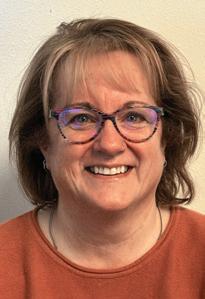
Susan Lander is Controller at the Water Authority and is responsible for budget, accounting/ payroll functions, and performance management programs. She can be contacted at slander@abcwua.org

Johanna Malouff, PE is Chief Engineer at the Water Authority and is responsible for managing the water distribution operations group. She can be contacted at jmalouff@abcwua.org.

Cassia Sanchez, PE is Chief Engineer at the Water Authority and is responsible for managing the surface water plant. She can be contacted at cassiasanchez@abcwua.org
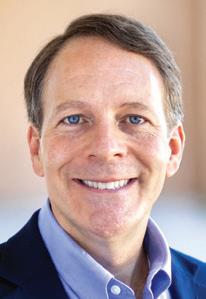
Frank Roth is program manager for AWWA’s Utility Benchmarking Program. He is responsible for administering the annual Survey and developing the annual report. He can be contacted at froth@awwa.org
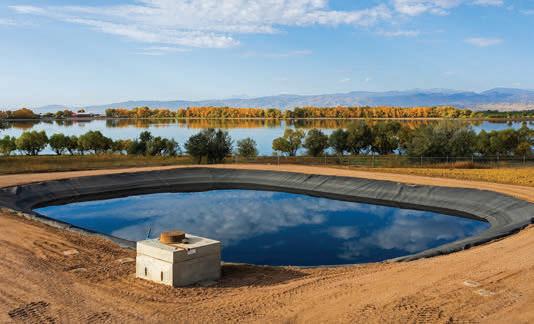
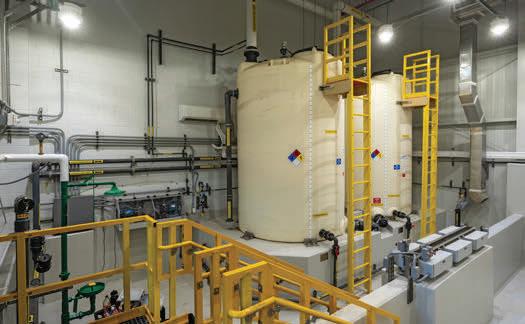

Ayush Shahi, Water/Wastewater Engineer, WSP
At the start of my career, I worked on environmental projects in rural Nepal. After completing my graduate education in the US, I began working on water and wastewater projects in the Navajo Nation. During one of my field visits, a community member shared that water is a sacred entity for the Navajo people. Growing up in Nepal, I had been in an environment where waterbodies were regarded as spiritual and holy. Rivers, lakes, and mountains were worshiped. The people had deep connections to them. This parallel made me curious about the shared water challenges in both places where I have worked. Over time, I came to recognize the striking similarities between the struggles of rural Nepal and the hardships faced by the Navajo people. Although these regions are thousands of miles apart, they share a comparable story. Nepal is twice the size of the Navajo Nation in terms of area and has a significantly larger population. However, both regions face similar challenges: lack of clean and safe drinking water, the impact of geographical terrain on water access, drinking water contamination, the effects of climate change, and a deep cultural and spiritual connection to water.
Access to clean water remains a critical issue in the Navajo Nation, where approximately 30% of residents lack running water and rely on hauling water from distant sources. In Nepal, around 10% of the population does not have access to basic water services. Geographically, both regions present significant challenges for water engineering. In Nepal, the mountainous terrain makes constructing water infrastructure difficult, particularly

in remote areas. Access to construction materials and equipment is a big challenge in the remote mountains of Nepal. Similarly, the Navajo Nation’s vast, arid desert landscape poses obstacles to building sustainable water systems. These
natural barriers create a substantial gap in water accessibility in both regions. Water contamination is another pressing concern in both these regions. In the Navajo Nation, uranium mining has left toxic heavy metal pollutants in the
water, posing long-term health risks to vulnerable populations. For generations, Navajo communities have suffered from the environmental consequences of past uranium mining, including cancer-causing pollutants in both land and water, leading to persistent health issues. In Nepal, the lack of clean drinking water has led to the spread of waterborne diseases, emphasizing the urgent need for safe water to protect public health and well-being. Additionally, regular water quality testing is often lacking, creating a critical gap in monitoring. Without consistent testing, toxic contaminants can go undetected for extended periods, posing potential health risks to communities.
Both Nepal and the Navajo Nation are particularly vulnerable to the devastating impacts of climate change. In Nepal, rising temperatures and erratic monsoon rains have triggered more intense and frequent flooding, displacing communities and further
Growing up in Nepal, I had been in an environment where waterbodies were regarded as spiritual and holy. Rivers, lakes, and mountains were worshiped. The people had deep connections to them.
straining water infrastructure. Meanwhile, the Navajo Nation is experiencing severe droughts, worsening existing water shortages and putting additional pressure on already limited water resources.
Beyond these physical challenges, both regions hold deep cultural and spiritual connections to their rivers. In Nepal, rivers are considered sacred, often named after goddesses, and play a central role in religious ceremonies. Similarly, for the Navajo people, rivers are more than just water sources – they are a part of their identity, providing spiritual nourishment
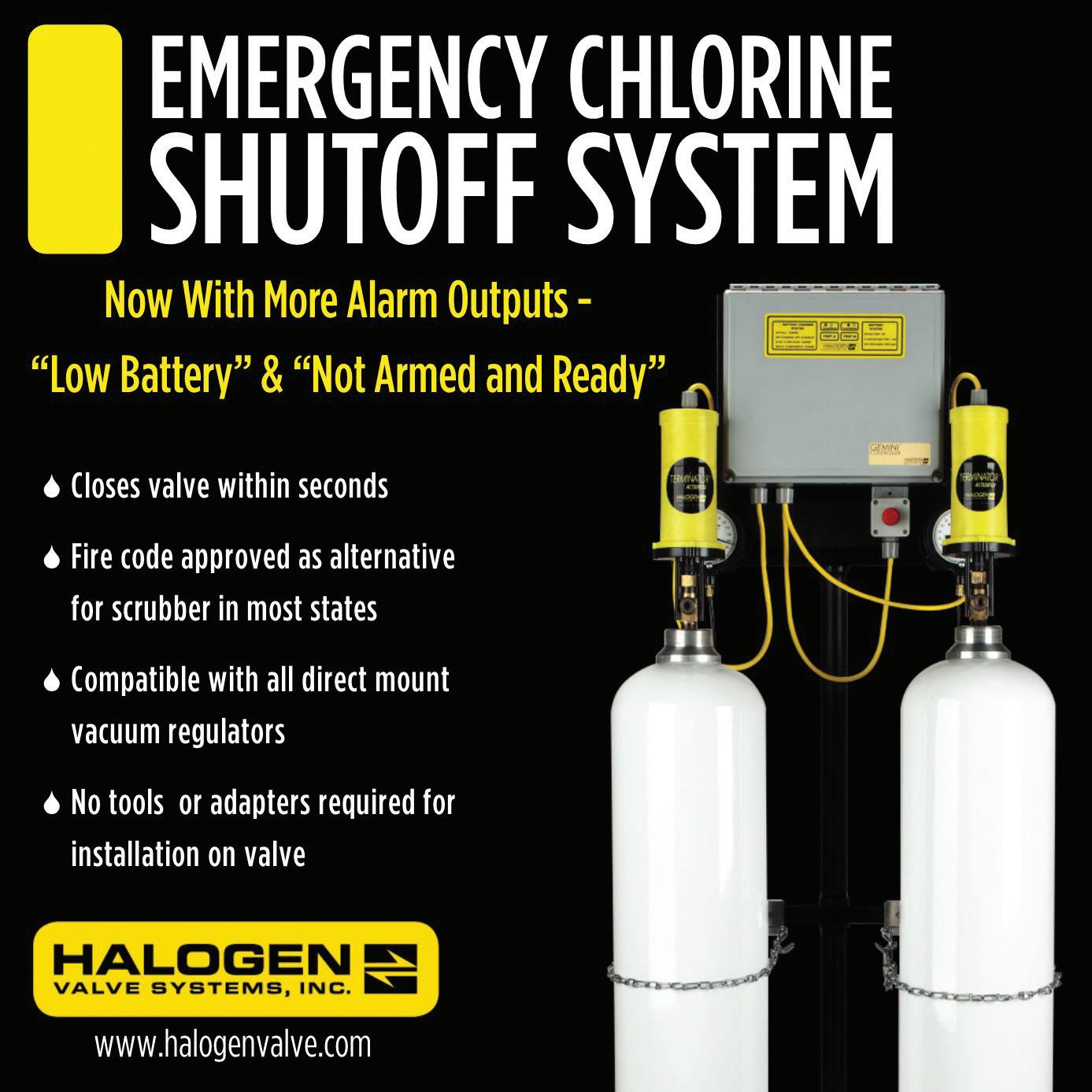
and a profound connection to the earth. The sanctity of these rivers underscores the severity of the water crises in both locations. When these vital water sources dwindle, the impact extends beyond livelihood and health – it threatens cultural heritage and identity.
In the US, November is recognized as Native American Heritage Month. Native American Heritage Month honors Indigenous history, culture, and contributions through educational programs, cultural events, and advocacy efforts. Communities host powwows, storytelling, and discussions, while governments and organizations recognize Native heritage and address contemporary issues. You can ask permission to attend these events if you are interested in learning more. You can also learn more about the Indigenous lands you reside on at https://native-land.ca. There are also volunteer opportunities to support Navajo Nation communities through organizations such as the Community Engineering Corps and Dig Deep Several US-based organizations are actively involved in improving water supply and treatment in rural Nepal, with some offering volunteering opportunities for those looking to contribute.

Ayush Shahi is a water/ wastewater engineer at WSP. He is from Kathmandu, Nepal and completed his undergraduate education there. He has completed graduate studies at the University of New Mexico and the University of Colorado Boulder. He works on water supply, water wells, water treatment, and wastewater treatment projects in the Navajo Nation.
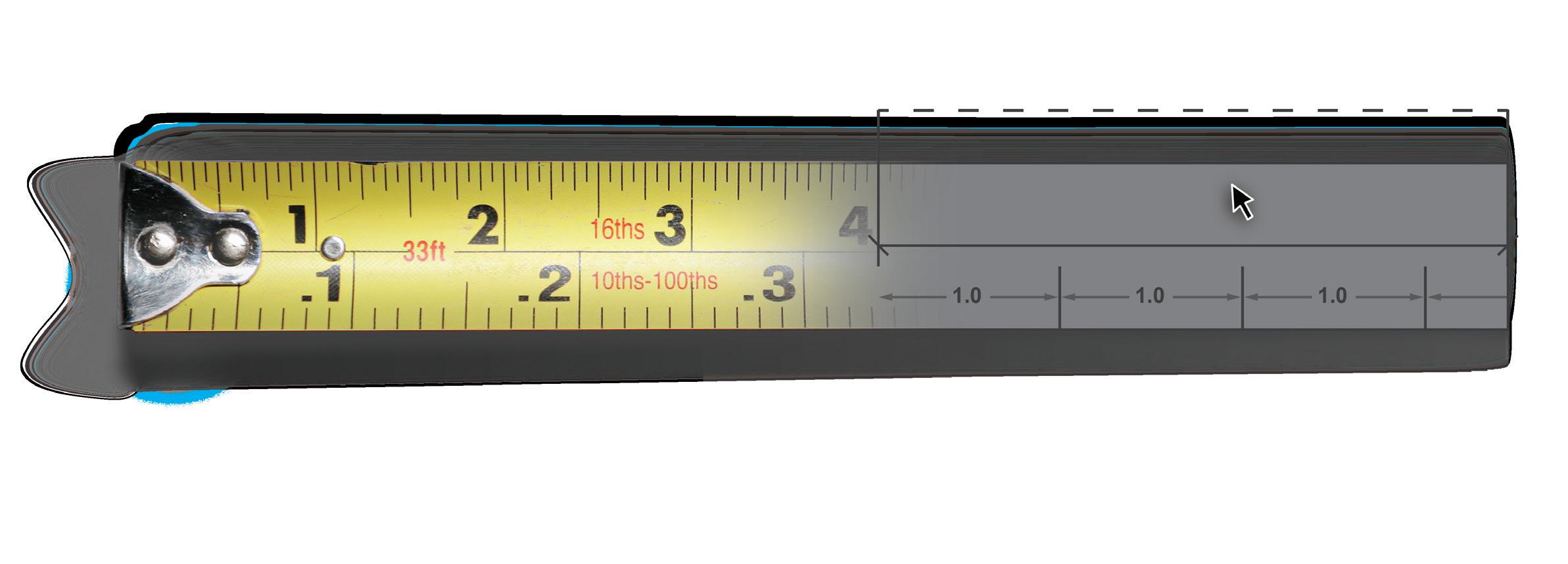
Brian Tracy, Deputy Director of Public Works, City of Golden and Sarah Reeves, Regional Director of Technical Services, Brown and Caldwell
When we were informed that Golden’s new City Manager wanted to pilot a 32-hour work week for city staff, we all looked at each other in disbelief and confusion. There was talk of potentially starting with Public Works because we have a variety of schedules, public interface, and performance data that are tracked in our asset management system. Initial reactions from all levels of Public Works leadership and staff were met with a collective head scratch.
I’ve spent parts of my career with a few organizations with similar missions, and I found the reactions arguably absurd, yet highly predictable. “This will never work for us; we’re different, they don’t know what we do, and we’re so complicated,” – as if providing water and wastewater services is like putting a human on one of Saturn’s moons (it’s not, but asking people to change might be). So began our journey to test our resilience, critical thinking skills, and ability to pivot to this new way of working.
Ever since I entered the water and wastewater industry as a bright college graduate, the Environmental Protection Agency, American Water Works Association, and Rocky Mountain Water Environment Association have been sounding the alarm about an aging and retiring workforce and the difficulties in attracting fresh talent. It was only during the great recession in 2008 and 2009 that I saw the number of water and wastewater operator applications match what seemed to be the number of new workers wanting to be social media influencers, tech, or financial professionals.
So, what have utilities done to attract new talent? A lot, it seems – increased pay, more vacation time, meaningful
work, networking events, conferences, leadership development, better culture, and developing more skilled managers to name a few. Yet, still, we are hearing the same workforce alarms.
The compressed workweek pilot was developed with several clear objectives:
• Enhance Work-Life Balance: By reducing weekly hours, the program aims to lower stress and boost overall job satisfaction.
• Improve Recruitment and Retention: Offering a more flexible schedule is expected to attract new talent and encourage current employees to stay.
• Maintain Service Quality: Critical performance metrics, such as jetting miles per year, compliance with state and federal regulations, and the frequency of preventative maintenance are closely monitored to ensure that service standards remain high.
• Boost Operational Efficiency:
The pilot seeks to demonstrate that operational goals can be met or exceeded even with a reduced schedule, without incurring extra costs or inefficiencies. Golden’s journey ultimately began in the Police Department, where city leaders tested a compressed workweek that allowed officers to complete a full 40-hour workload in as little as 32 hours while receiving full-time pay. Early results showed improvements in employee satisfaction and retention but also uncovered challenges. For instance, some officers noted that the reduced hours limited informal interactions that naturally foster team cohesion.
Recognizing this, public works leaders implemented targeted workshops to reinforce communication and teamwork, ensuring that the benefits of a compressed schedule would not come at the expense of camaraderie.
Encouraged by these lessons, the initiative was expanded to the Public Works Department. Now in its eleventh month at the time of this publication, this pilot continues to evolve as staff and management collaborate to adapt the new schedule to seasonal workloads and emerging challenges.
Before launching the Public Works pilot, management and staff participated in a series of change management workshops, which were essential in aligning everyone on the potential benefits and risks of a 32-hour workweek. Discussions focused on streamlining processes, ensuring regulatory compliance, and preserving Golden’s strong workplace culture. This preparatory phase was key to ensuring that the transition was smooth and that employees were equipped to meet the challenges of a shorter workweek.
To determine the success of the initiative, Golden established a comprehensive evaluation framework that combines both qualitative and quantitative measures. Regular employee surveys, focus groups, and one-on-one interviews provide insights into job satisfaction and morale. At the same time, performance data, including compliance rates and maintenance metrics are tracked against historical benchmarks. This dual approach allows management to make data-driven decisions and adjust strategies as needed.
Preliminary results from the Public Works pilot have been promising. Weekly employee surveys now report an 80% or greater satisfaction rate, with many staff members citing improved work-life balance and reduced stress. Key service metrics have also been maintained or even improved, demonstrating that quality need not be sacrificed for shorter workweeks. Change management and planning workshops have ensured that the transition to the compressed workweek pilot supports both operational efficiency and a positive workplace environment.
The experience in Golden has yielded several important lessons:
• Clear Metrics Are Vital: Establishing and monitoring key performance
indicators helps ensure that service quality remains high during transitions.
• Thorough Preparation Matters: Extensive planning and change management workshops are critical to a successful shift in work schedules.
• Diverse Perspectives Must Be Considered: Not all employees embrace the change equally; some have raised concerns about reduced overtime pay, highlighting the need for flexible and inclusive solutions.
• Innovation Extends Beyond Technology: Rethinking traditional work structures can lead to significant gains in efficiency and employee well-being.
• Tailored Approaches Are Necessary: Different departments may require unique strategies to successfully implement a compressed workweek. By piloting a compressed workweek, Golden is addressing critical workforce
challenges, such as employee burnout and talent retention, while still maintaining the high service standards its residents expect. As the pilot continues and further data becomes available, the lessons learned here will likely serve as a valuable model for other municipalities and utilities facing similar challenges.
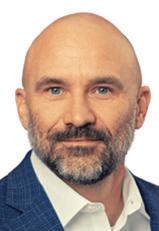

Brian Tracy is the Deputy Director of Public Works at the City of Golden. He can be reached at btracy@ cityofgolden.net.
Sarah Reeves is the Regional Director of Technical Services at Brown and Caldwell. She can be reached at sreeves@brwncald.com

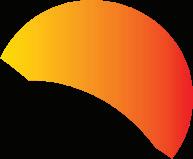
Alex Sofranko, Project Engineer, Parker Water & Sanitation District and Victor Sam, Senior Environmental Engineer, Stantec
Each of us brings something unique to the table, shaped by our education, background, and experience. Just like the phrase, “Don’t judge a book by its cover”, it’s important to look beyond initial impressions and assumptions to understand and appreciate a person’s true talents and the value they can bring. Oftentimes, beneath the surface, there is more complexity beyond what is initially perceived; like a network of water pipelines. In the water industry, diversity, equity, and inclusion (DEI) are essential for innovation and sustainability. As we work to address global water challenges, it’s important to recognize the contributions of every individual in the industry – including transgender people, who, despite facing unique challenges, play an invaluable role in advancing water-related solutions. Transgender people are people whose gender identity differs from that typically associated with they were assigned at birth. Gender identity is a person’s internal sense of being male, female, or outside of the gender binary such as identifying with both genders or neither. Nearly 1% of the United States population identifies as transgender.
This LGBTQ+ Pride Month, we recognize and celebrate the efforts that have shaped the community’s visibility, rights, and advocacy. Transgender people have been trailblazers at the forefront of advocating for LGBTQ+ rights. In 1969, two Black transgender women, Marsha P. Johnson and Sylvia Rivera, led the Stonewall Riots, which became a major turning point in the modern LGBTQ+ rights movement. Transgender individuals bring visibility to the community by sharing their stories in the media, art, and literature, promoting acceptance for everyone.

Activists work tirelessly for legal protections for all members of the LGBTQ+ community, especially in areas like employment, healthcare, and housing. Organizations like the Transgender Law Center and the National Center for Trangender Equality (NCTE) have been essential in pushing for transgender rights alongside LGBTQ+ advocacy efforts. As we honor their resilience and achievements, we continue to stand in solidarity with transgender individuals, making sure that their voices remain heard in the journey for equality and justice for all.
Transgender individuals bring diverse experiences, viewpoints, and problemsolving strategies to the table. Their unique lived experiences, particularly navigating societal systems that often marginalize them, equip them with resilience and creativity. This perspective can lead to innovative solutions that better meet the needs of diverse
communities, especially in the face of global water crises like climate change and water scarcity. Transgender individuals help break down the rigid ideas of gender within the field and demonstrate that anyone, regardless of their gender identity or background, has valuable contributions to make. By fostering inclusive workplaces that embrace transgender employees, the water industry becomes more dynamic and equitable for everyone.
However, transgender people face numerous challenges that can hinder their full participation in various industries, including the water sector. The challenges can include discrimination, lack of access to healthcare, and biases in the workplace. Transgender individuals have reported hostile environments where they face verbal and physical harassment due to their gender identity. They have to navigate policies that fail to acknowledge their gender identity, leading to feelings of isolation or exclusion. In the workplace, they might also experience challenges in having their pronouns respected or being overlooked for advancement due
In the water industry, diversity, equity, and inclusion (DEI) are essential for innovation and sustainability. As we work to address global water challenges, it’s important to recognize the contributions of every individual in the industry – including transgender people, who, despite facing unique challenges, play an invaluable role in advancing water-related solutions.
to gender stereotypes. These barriers can make it more difficult for transgender individuals to thrive, despite their skills and potential. By fostering inclusive workplaces that embrace transgender employees, the water industry can help overcome these challenges, ensuring that transgender individuals feel valued, supported, and empowered.
Pride Month is an opportunity for allies and industry leaders to acknowledge the contributions of transgender people within the water sector. Here are several ways to support and honor transgender professionals during Pride Month:
• Create an Inclusive Environment: Support transgender individuals by actively recognizing and respecting their gender identity and expression, ensuring that their chosen pronouns are used. Introducing yourself using your own pronouns, and being mindful of the assumptions you may make about others based on your perceptions of gender. This creates a more respectful and supportive environment for everyone.
• Provide Support and Advocacy : Ensure that your organization has support structures in place for transgender employees, such as clear anti-discrimination policies and resources for mental health support.
• Promote a Safe Space for Dialogue: Encouraging conversations where employees can ask questions, share their perspectives, and educate each other creates a more supportive and inclusive environment for everyone. It is vital to listen to transgender voices, learn from their experiences, understand policies that impact their lives, and address any issues that arise.
• Participate in Workshops: Host workshops on the needs and experiences of transgender individuals in the workplace to foster understanding and empathy. These workshops can focus on creating safe, respectful, and equitable environments for transgender workers.
• Highlight Transgender Role Models in the Industr y: Feature transgender individuals in interviews, articles, webinars, or social media posts. This not only honors their contributions but also provides visibility for transgender professionals and inspires others to pursue careers in water-related fields.
• Donate to Transgender Advocacy Organizations: Partner with nonprofit organizations that support transgender rights and initiatives. Donations can be made to causes that promote transgender equality in the workplace. These organizations often play a critical role in advancing legal protections for transgender people and ensuring they are represented in areas such as the workforce.
Transgender individuals have long contributed to various sectors of society, and their role in the water industry is no exception. Celebrating transgender people during Pride Month helps to foster an environment where all voices are valued and heard. The water industry, in particular, benefits from the diversity, creativity, and resilience that transgender individuals bring to the table. By supporting transgender professionals, we can move towards a more innovative, equitable, and sustainable water sector for everyone.
When the public discovers that beneath the surface lies a complex infrastructure of reservoirs, treatment plants, unit processes,
piping, and valves, all working together to ensure safe and reliable drinking water flows from their taps, they often experience a sense of amazement, gratitude, curiosity, awareness, and respect. We should view individuals the same way and look beyond the surface more often. Everyone deserves to be seen and respected for who they truly are, beyond societal expectations and norms.
If you are interested in helping make the Rocky Mountain Water Section more inclusive and welcoming, consider joining the RMSAWWA DEI committee. For more information, please contact Victor Sam (victor.sam@stantec.com), or Alex Sofranko (asofranko@pwsd.org)

Alex Sofranko (he/him) is a water professional passionate about environmental conservation and the empowerment of the LGBTQ+ community. He is a Project Engineer at Parker Water & Sanitation District and has a bachelor’s degree from The Ohio State University and a master’s degree from the University of Colorado Boulder. He is a member of the RMSAWWA DEI Committee.
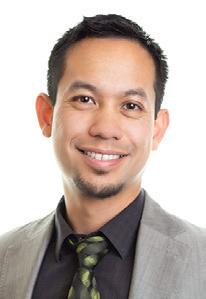
Victor Sam, P.E. (he/him), is a senior environmental engineer at Stantec. He has over 10 years of experience in the water and wastewater industry from feasibility studies to the design of treatment processes. Victor has a passion to help others reach their potential no matter their background or skillset. He is the chair of the RMSAWWA DEI Committee.

Production processes, above all, must be safe, reliable and efficient. With our level and pressure measurement technology, you get exactly that. Durable sensors and accurate measured values make your work smarter, easier and more sustainable. Everything is possible. With VEGA. We don’t wait for


Jason Graham, Principal, Stantec
If you work in the water industry, you’ve certainly heard the term “One Water”. What does it mean, and how could it help a water, wastewater, and/or stormwater utility better achieve its goals?
In my short time with Stantec, I can confirm that the same challenges I faced as the City of Fort Collins One Water Executive Director exist throughout all other water, wastewater, and stormwater utilities and the communities they serve.
Today, utilities are facing many challenges. Among them:
• Climate resiliency
• Aging infrastructure
• Affordability
• Regulatory pressures
• Workforce development
• Community demographics including population growth
All that makes a collaborative, integrated approach more attractive. We’re all being asked to do more with less, right? Approaches such as One Water allows utilities to be more holistic, inclusive, and transparent. These overall benefits result in greater public trust in
the local utility, increased financial stewardship of ratepayer dollars, more staff engagement and knowledge, and increased efficiencies in service response times.
There are several approaches, including One Water, that are focused on building a resilient utility to best serve all customers and interested parties. Consider working with a consultant to find the right approach to meet your unique goals and challenges. For those interested in a One Water approach, I start with discussing the following aspects that can dovetail nicely with other frameworks and approaches depending on where your organization is at:
• Having a collaborative, integrated approach to the planning, governance, and management of a community’s complete water system regardless of boundaries
• Leadership presence and support
• Workforce culture
• Community values
• Understanding the financial picture, goals, and requirements
• Understanding regulatory drivers and local legal requirements
• Management systems in place around resiliency, operations, and planning
Here’s a brief, practical guide for utilities considering the One Water approach. Let’s dive into some of the key elements that you need to start your transition.
Implementing and sustaining a One Water mindset must begin with leadership support at your utility. You may also have to earn leadership support from the city, depending on your scope. To achieve their support, you will need to demonstrate the value of adoption. What benefit will be realized for them and/or the organization if pursued? Some key leadership discussions should take place addressing the following questions.
• Is there a baseline understanding of what adopting a One Water mindset looks like?
• What are the key drivers and the why behind implementation?
• Will One Water move the needle towards achieving strategic and community outcomes and performance metrics?
• Do the organization’s mission, vision, and values align with the principles of a One Water approach?
• Is there strong top management sponsorship and support?
• What are the limiting factors? Regulatory, financial, workforce, etc.?
Once you earn that leadership support, you can launch a gap analysis to identify areas that are aligned with the One Water approach. The key is to find opportunities for early success and get internal champions. You can leverage both for strategic planning.
During my time as the One Water executive director in Fort Collins, I worked to break down and eliminate organizational structuresupported silos. Strategy-wise, we rebuilt the structure so that collaboration was needed to be successful. This was one of the strategies that helped make the One Water transformation a priority for the city council.
It’s essential to look at the complexity of a water cycle. When doing so, you must notice the totality and connectedness of the current and future water challenges and opportunities.
Try to find multiple wins across your water system. Don’t just focus on one part of your watershed, water sector, or community. Work to be inclusive of all in your engagement, strategies, and water solutions. A good example of this is the adoption of the dig-once strategy. This is where you plan so that you only dig up a road once instead of multiple times for separate repairs – including repairs not related to water, such as telecommunications. A dig-once strategy delivers economies of scale benefits across many areas such as labor costs, community impact, and material and supply costs.
When you build an organizational structure that puts a focus on collaboration, the staff will naturally develop skills that transfer horizontally as well as vertically. It also helps the staff become aware of potential career development opportunities. And that’s important because career development is a key factor in staff retention.
I’ve seen this need in many communities, including Fort Collins. Building these structures, procedures, and policies – such as job description updates – helped create a staff expectation of crosstraining and succession planning. It improves morale and retention.

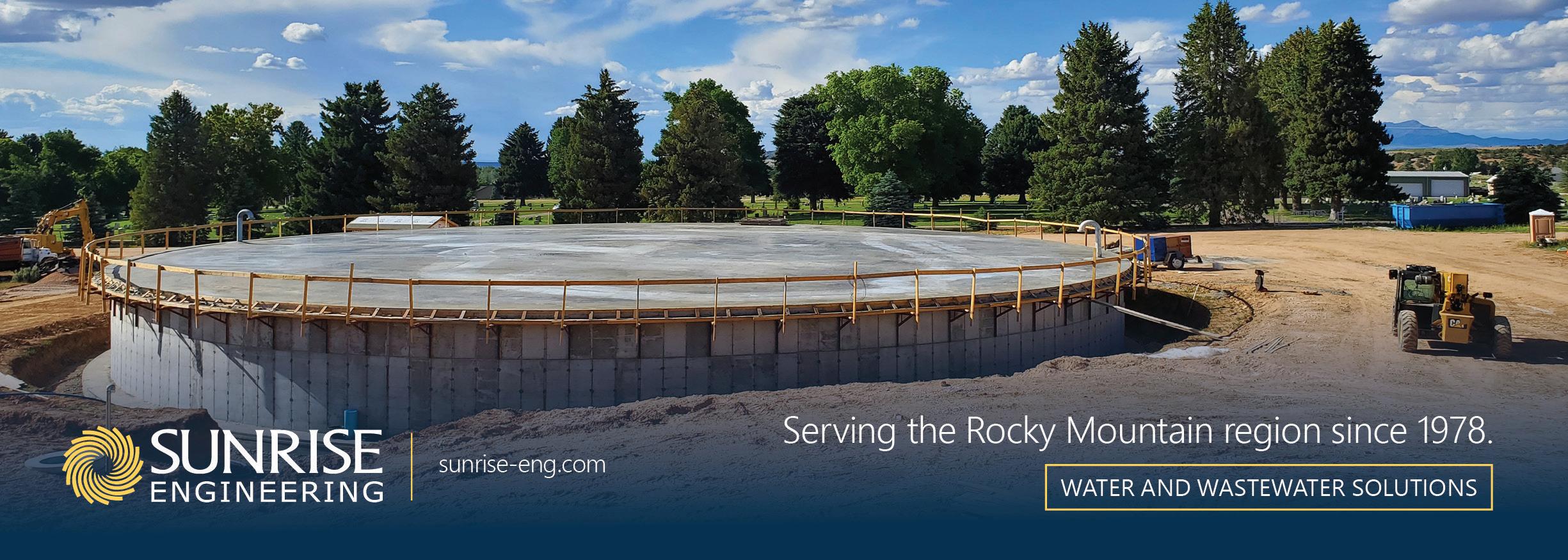
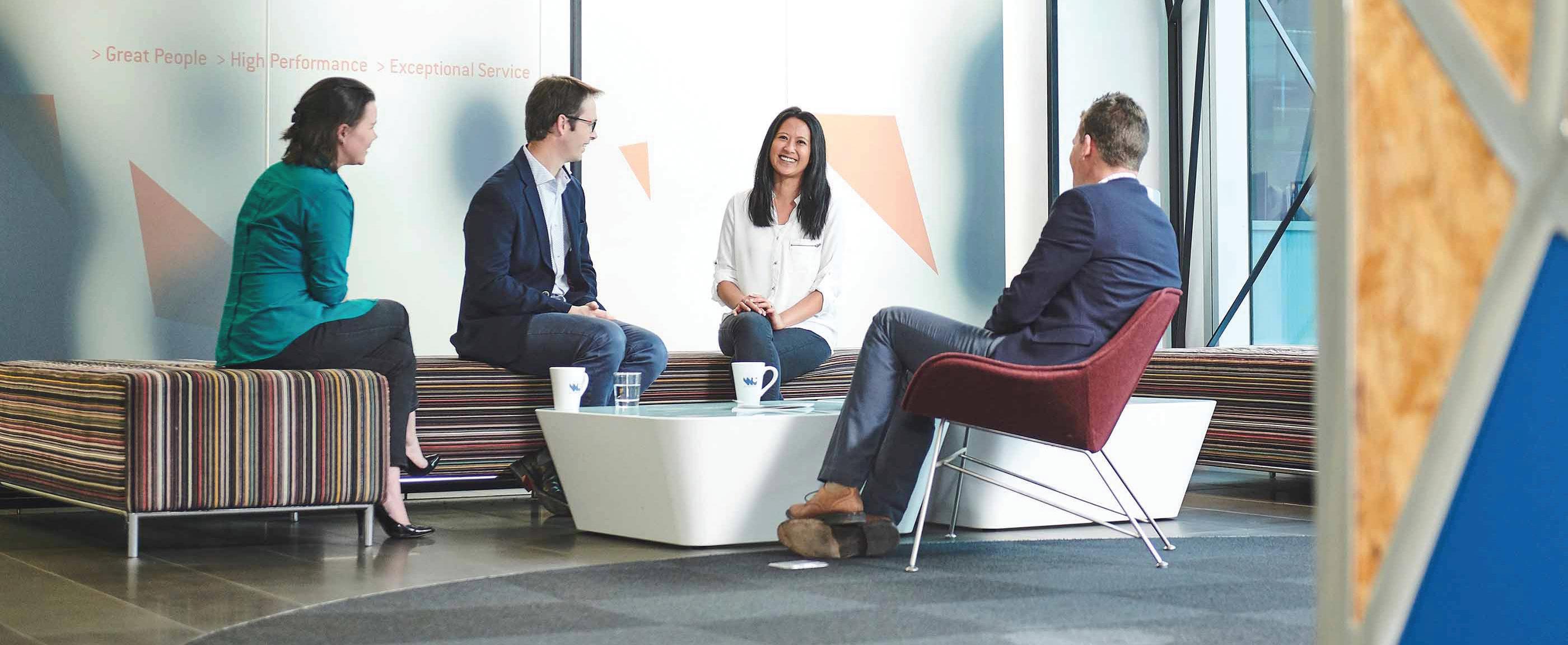
The workforce also gains an improved understanding of the full water cycle from an operational, infrastructure, regulatory, and process standpoint. This resulted in better engagement, career development opportunities, and shared ownership throughout the water utility.
As discussed earlier, earning leadership support for your One Water approach is vital. But it’s also important to find people at all levels of the organization to champion it. A proven best practice is the early adoption of a cross-departmental One Water Leadership (OWL) team. This OWL team should include people from all levels of an organization and all sectors that either can or will be impacted by the adoption of a One Water approach.
This is one way to help your frontline employees understand and apply a One Water mindset. Once they do, they can champion it and move it forward. You need to win people over and get buy-in at all levels of your organization. Many work teams are already
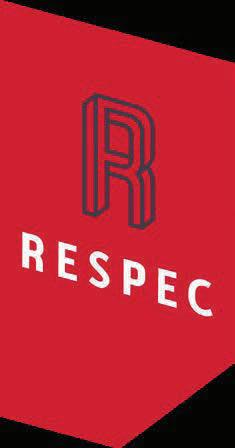
demonstrating One Water qualities in their daily work. Help them recognize this, and then discuss why they have chosen to adopt these practices in a certain area. Those conversations can lead them to consider other areas to champion the application of a One Water approach. Simple terminology changes from leadership can reinforce their commitment to One Water and build momentum simply in the messaging.
When utilities consider the One Water approach, they often have questions about capacity. How can they pay and adequately source it? There are normally two approaches. The first is to absorb the additional effort within existing work plans and staffing levels. The second is to seek outside support through funding and consultants. It’s vital to understand a few things: what the drivers are for your One Water transformation, the why behind it, and what success looks like. The reasons in the Rocky Mountain Region are entirely different than in the Northeast Region. Be realistic with the effort
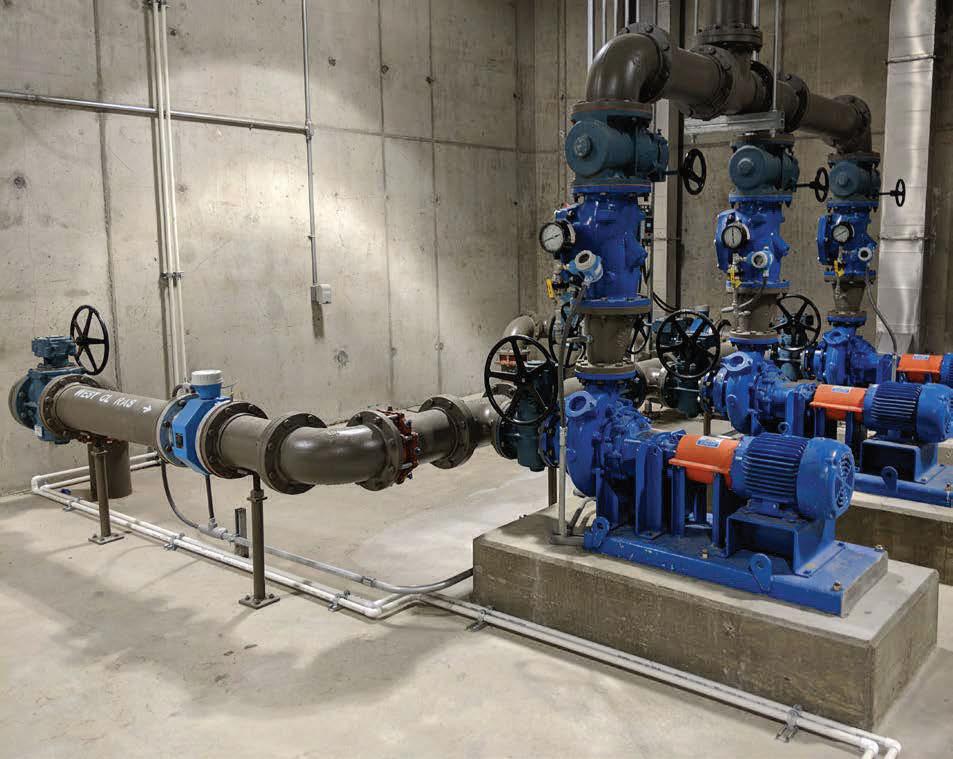
needed to achieve your vision. Apply a credible timeline and budget to the endeavor. You don’t eat the elephant all at once. The trick is to identify the uniqueness of your needs and approaches and take small bites in pursuit of the end goal.
Again, a lot of utilities are already doing One Water processes. They already work in a collaborative way across the workgroup lines. They may not realize it. So, sometimes you just need to identify the current successes, cheerlead them, and market them within the organization. Then, you create momentum and build on their own success and recognition. This helps with the buy-in that I referenced in my previous point.
Once you establish momentum within the utility, you can work outside. You can advocate the value of a One Water approach with city leaders and the wider community. At Fort Collins, we were able to eventually embed One Water into functions for the city and the chamber of commerce.
I’m reminded of my new colleagues’ work with the Portland Water Bureau (PWB), where we provided them with a One Water assessment roadmap. Initially, Portland’s leaders were unsure of the One Water approach, but the team helped to define what it could look like for them. They began to identify possible gaps in the way PWB manages all aspects of its water portfolio and the way it sees its water system. Our team also noticed One Water-type things that PWB was already doing. So, moving to a One Water approach almost became a rebranding




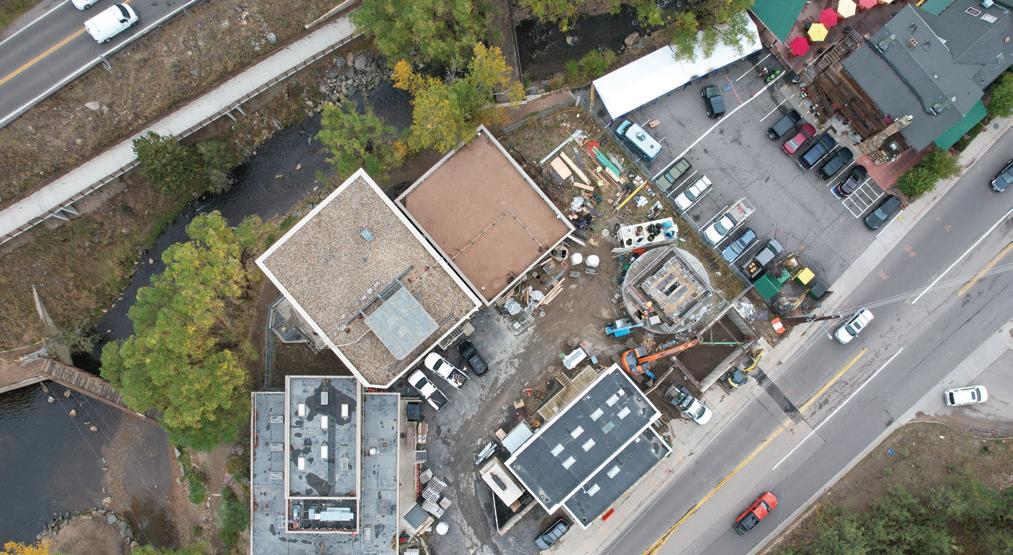











exercise. We could celebrate the parts of the organization that were already excelling at this holistic mindset, which created momentum and earned support from leadership across the organization.
It’s vital to recognize that a One Water transformation takes time –perhaps as much as three to five years.
Don’t forget the importance of the points we mentioned above: earn leadership support, break down organizational silos, deliver cross-training to your staff, find champions within your utility, and build on your established momentum. I wish you good luck on your One Water journey and am happy to assist.
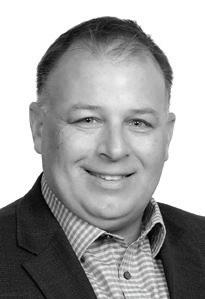
Jason has more than 25 years of utility experience centered around the development and implementation of strategies to increase environmental, social, and economic benefits within communities. He has held executivelevel leadership positions across all aspects of the water environment. When he isn’t busy improving the utility experience for owners and users, Jason enjoys hiking, skiing, biking around Colorado, and spending time with his family. He can be reached at jason.graham@stantec.com.











Muzit Kiflai, Senior Continuous Improvement Manager, Metro Water Recovery
From reducing laboratory sample preparation time to enhancing IT ordering and inventory management, Metro Water Recovery’s commitment to continuous improvement (CI) is advancing the organization every day.
While Metro and its employees have always embraced the CI mindset, the organization is taking the concept to a new level. From refining day-to-day processes to implementing innovative wastewater optimization strategies, CI is not just a division or an initiative; it’s a philosophy embedded in the organization’s DNA.
For anyone visiting Metro’s three sites, it’s evident the organization is a hub of activity, with numerous projects taking place at any given time. The goal is to ensure these efforts are effective and sustainable.
CI improvements include the adoption of the ADKAR (Awareness, Desire, Knowledge, Ability, Reinforcement) change management methodology, which focuses on the people side of change. This approach helps teams engage impacted stakeholders earlier and more effectively, prior to project implementation.
In 2024, Metro kicked off its inaugural year of the Continuous Improvement Certification Program, an initiative designed to provide employees with structured training and hands-on experience in process improvement and change management.
The program begins with an hour-long “Introduction to Continuous Improvement and Change Management” class, required for all employees. This foundational course introduces key concepts for those who choose to pursue further certification.

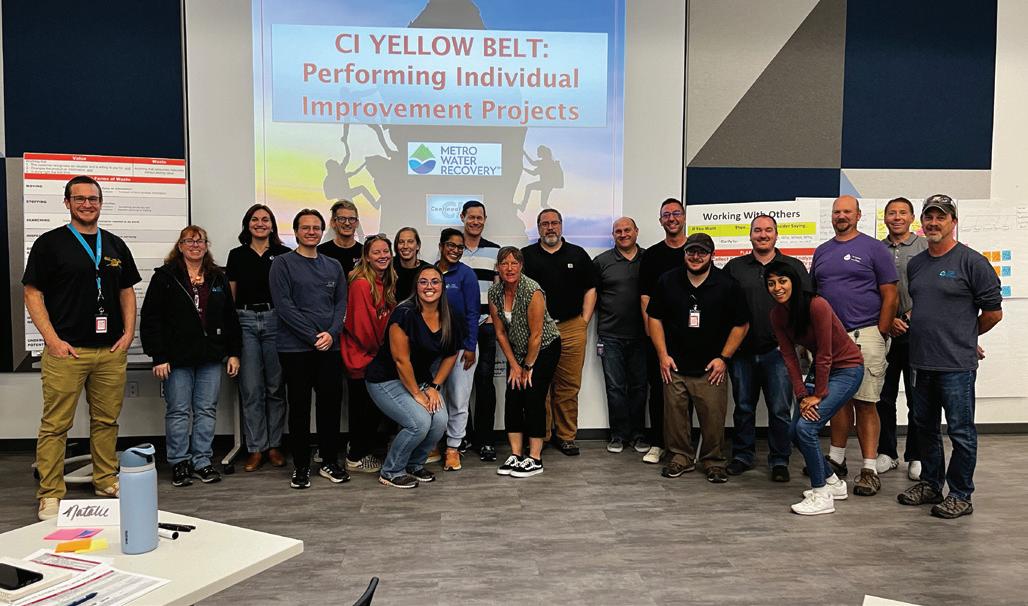
There are three levels of certification: White Belt, Yellow Belt, and Green Belt. Each level integrates both Continuous Improvement and Change Management principles, ensuring a holistic approach to problem-solving, waste reduction, and efficiency.
The White Belt Certification includes a full-day simulation that demonstrates Continuous Improvement in action. Participants also receive an introduction to ADKAR fundamentals, learning how individuals experience and respond to change. So far, 119 employees have earned their White Belts.
Yellow Belt Certification is a more intensive two-day course focusing on skill development and the application of CI methodologies for individual projects. Participants also explore the Five Tenets of Change. Yellow Belt certification requires the implementation of an improvement project within Metro.
To date, Metro has certified 46 Yellow Belts who have completed projects that improve processes across the organization. These projects have decreased the time it takes to prep lab samples by 90%, achieved 99% accuracy in IT ordering and inventory management, and reduced the waiting time for outstanding instrumentation repairs by 190%.
Metro’s first Green Belt cohort is currently in progress, and excitement is building to see what innovations emerge from this advanced level of training. The Green Belt course is a fourday program spread across two months, designed to support employees as they work through a team project.
In addition to the CI course, Green Belt participants complete a project management course and a change management course. These paired courses equip employees with a comprehensive toolset to tackle larger, collaborative projects. This is Metro’s highest level of CI certification.
Metro’s senior management team approved an Enterprise CI Framework in 2022 with the intention of fostering a CI culture and providing a structured approach to problem-solving and change management. More importantly, Metro’s leadership has supported the framework becoming a reality. Executives and managers accommodate employee requests to take time away from their daily responsibilities to attend trainings and work on projects.
One of the most inspiring aspects of Metro’s CI program has been the enthusiasm it has sparked across teams. Employees who complete a certification often inspire colleagues to enroll in the next class, leading to full team participation. This momentum has created a cultural shift where CI is no longer an isolated effort – it’s an organizational movement.
Metro’s CI program operates on a pull methodology, meaning teams request support rather than having efforts imposed on them. This approach recognizes that employees are experts in their own work, and CI provides a new lens to evaluate and improve their processes. By empowering employees to take ownership of their work, the program has cultivated a workplace culture where continuous learning and improvement are valued and encouraged.


As Metro’s CI Certification Program enters its second year, the impact of this initiative is already evident. Employees are proactively identifying opportunities for improvement, implementing solutions, and inspiring their peers to do the same. With the first Green Belt cohort well underway, Metro continues to raise the bar for operational excellence.
Metro’s commitment to fostering a CI culture has transformed the way employees approach challenges, engage with change, and drive progress. As the program continues to grow, Metro will ensure that every employee has the tools and knowledge to make meaningful, lasting improvements in their work.

Muzit Kiflai is the Senior Continuous Improvement Manager for Metro Water Recovery. Metro is the largest water and resource recovery agency in the Rocky Mountain West, serving approximately 2.2 million people in an 817-square-mile area.


Rhonda E. Harris, P.E.
The water and wastewater industry is facing an unprecedented workforce transformation. The “Silver Tsunami” – a wave of retirements from experienced Baby Boomers – is converging with the lasting effects of the “Great Resignation,” creating an urgent need for strategic workforce planning. Without immediate action, utilities may struggle to maintain operational efficiency and public health standards.
For decades, water utilities have relied on a workforce of seasoned professionals who possess deep institutional knowledge. However, up to 20% of utility workers are retiring annually, and this trend is expected to accelerate. Within the next few years, over 50% of the current workforce will exit, leaving a significant knowledge gap.
Compounding this challenge, fewer young professionals are entering the industry. Many perceive the sector as offering low wages, limited career advancement, and insufficient training opportunities. Without proactive measures, utilities risk losing the vital expertise necessary for managing critical infrastructure.
A lack of public awareness about career opportunities in water utilities further contributes to the shortage. Many potential candidates are unaware of the industry’s stability, benefits, and the essential role it plays in society. Outreach and education must be strengthened to change these perceptions and attract new talent. Efforts to address this issue should include increasing exposure to water sector careers at the middle school, high school, and college levels. Educational institutions and industry leaders must collaborate to develop curricula that highlight water management’s importance. Career fairs, industry partnerships, and internship and apprenticeship programs can serve as valuable entry points, offering students hands-on learning opportunities and insight into the field’s potential.
Since 2021, the Great Resignation has further complicated workforce stability. Millions of professionals have voluntarily left their jobs, seeking better compensation, flexibility, and work-life balance. The water sector has been significantly affected, with hiring difficulties escalating.
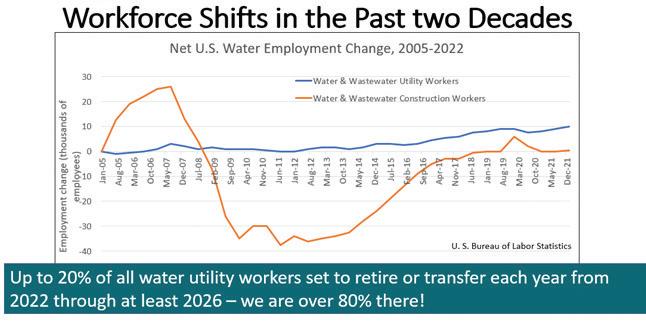
A 2023 industry survey revealed that 71% of workers who changed jobs cited low pay as a primary reason, while persistent gender pay disparities continue to discourage female professionals from entering or remaining in technical roles. The labor-intensive nature of water utility jobs has also made recruitment more challenging, as younger workers favor roles with modern technology. Additionally, many job seekers are looking for industries that prioritize professional development and career progression. Utilities must invest in structured career pathways and clear advancement opportunities to remain competitive in the evolving labor market. Beyond compensation, younger generations prioritize job satisfaction, work-life balance, and social impact. Utilities should adapt to these preferences by offering flexible work arrangements where possible, creating career growth opportunities, and highlighting the role of water professionals in sustainability efforts. The industry must also address workplace culture, ensuring that employees feel valued, supported, and motivated to contribute meaningfully.
To ensure a steady pipeline of skilled professionals, utilities must take a proactive approach to training and recruitment. Strengthening apprenticeship programs, engaging with trade schools, and forming partnerships with local community colleges can help introduce young professionals to the industry. Offering internships and on-thejob training can provide hands-on experience and encourage long-term commitment. Recruitment efforts should also emphasize the meaningful nature of
the work. Water utilities play a critical role in public health and environmental sustainability – messaging that can appeal to individuals seeking purpose-driven careers. Showcasing success stories of industry veterans and highlighting the impact of their work can help inspire the next generation.
Retention strategies should focus on fostering continuous learning and career progression. Structured mentorship programs, leadership development initiatives, and tuition reimbursement for further education can create a culture of professional growth. Encouraging cross-training between departments allows employees to expand their skill sets, increasing job satisfaction and organizational flexibility.
Diversity and inclusion should also be central to workforce development efforts. Women, minorities, and underrepresented groups must be actively encouraged to join the industry. Outreach initiatives, scholarships, and leadership training programs tailored to these groups can help break barriers and ensure a more inclusive workforce.
Beyond traditional recruitment methods, utilities should leverage digital platforms
and modern marketing strategies to reach potential candidates. Social media campaigns, virtual job fairs, and storytelling through video content can help connect with a wider audience.
Engaging with younger generations requires meeting them where they are. Partnering with influencers, educational institutions, and industry advocates can amplify messaging about the importance of water careers. Interactive content, such as webinars, podcasts, and Q&A sessions, can demystify the industry and highlight opportunities for growth and innovation.
Additionally, collaborating with community organizations and local governments can help create programs that support career pathways for underserved populations. Workforce development grants, job training initiatives, and partnerships with veterans’ organizations can offer new avenues for recruitment while simultaneously benefiting local communities.
The combined effects of the Silver Tsunami and Great Resignation present a defining moment for the water industry. Utilities must act now to develop sustainable workforce solutions, ensuring the next generation is prepared to uphold the
essential services that communities rely on. By investing in people and promoting careers in water management, the sector can navigate this workforce tidal shift and build a resilient future.
By focusing on robust training initiatives, active outreach, and innovative recruitment strategies, the industry can ensure it attracts and retains the best talent. Water utilities must embrace a forward-thinking mindset, adapting to workforce trends and positioning themselves as employers of choice in a competitive job market.
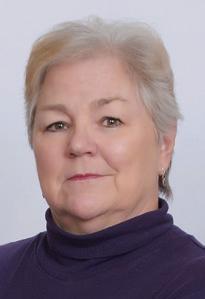
Rhonda has more than 50 years of experience in managing and administering a variety of facilities and programs in the water environment sector. Her experience includes developing and implementing training programs for public and private sector personnel and developing regulations for the US Environmental Protection Agency. She is a certified Texas water and wastewater operator and approved operations trainer, as well as a licensed wastewater operator in Ontario, Canada.

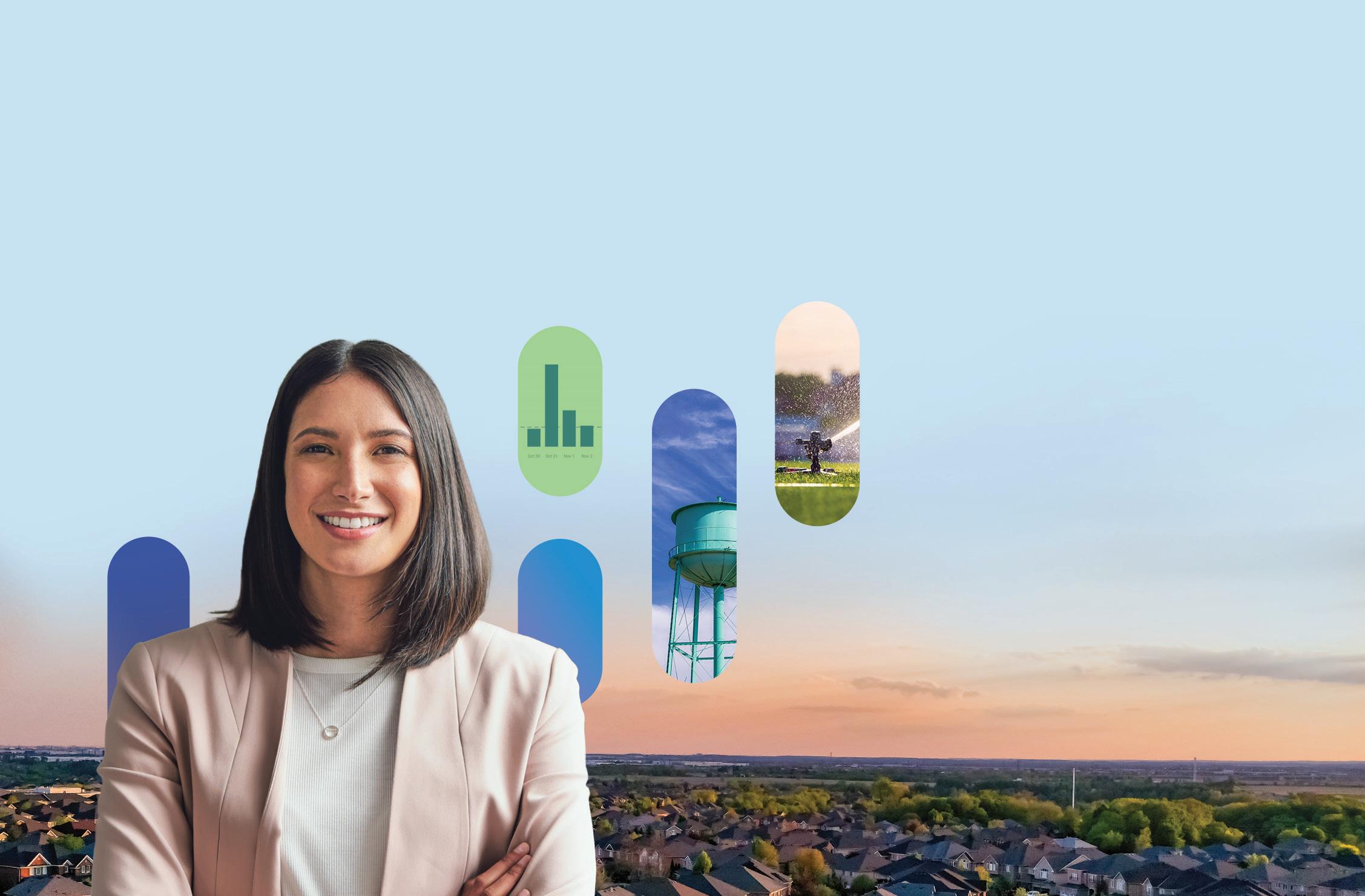


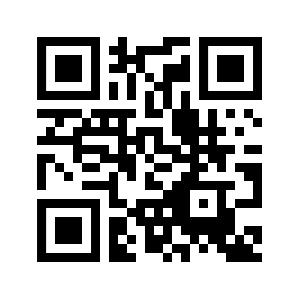
Rocky Mountain Water is made possible by the companies below who convey their important messages on our pages. We thank them for their support of RMSAWWA and RMWEA and its publication and encourage you to contact them when making your purchasing decisions. To make it easier to contact these companies, we have included the page number of their advertisement, their phone number, and, where applicable, their website.


At our very core, AE2S is all about people. Beyond engineering, we are committed to empowering our clients, employee-owners, and all those around us to develop a vision for a better tomorrow.





